
Mis Viajes Charros 2.0
vakantio.de/misviajescharros20
Photos from my car of Ávila (Castilla y León, Spain) (July 2024)
Ku kandziyisiwile: 18.11.2024
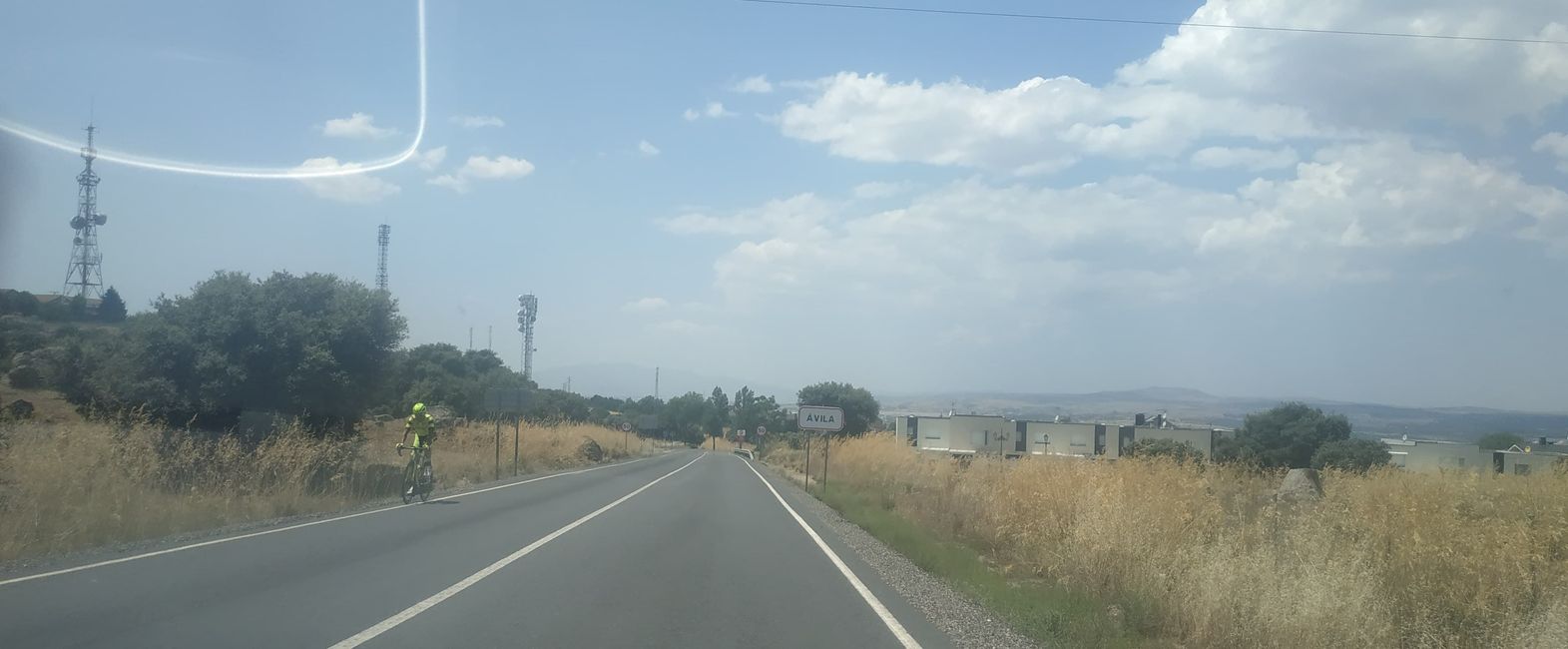
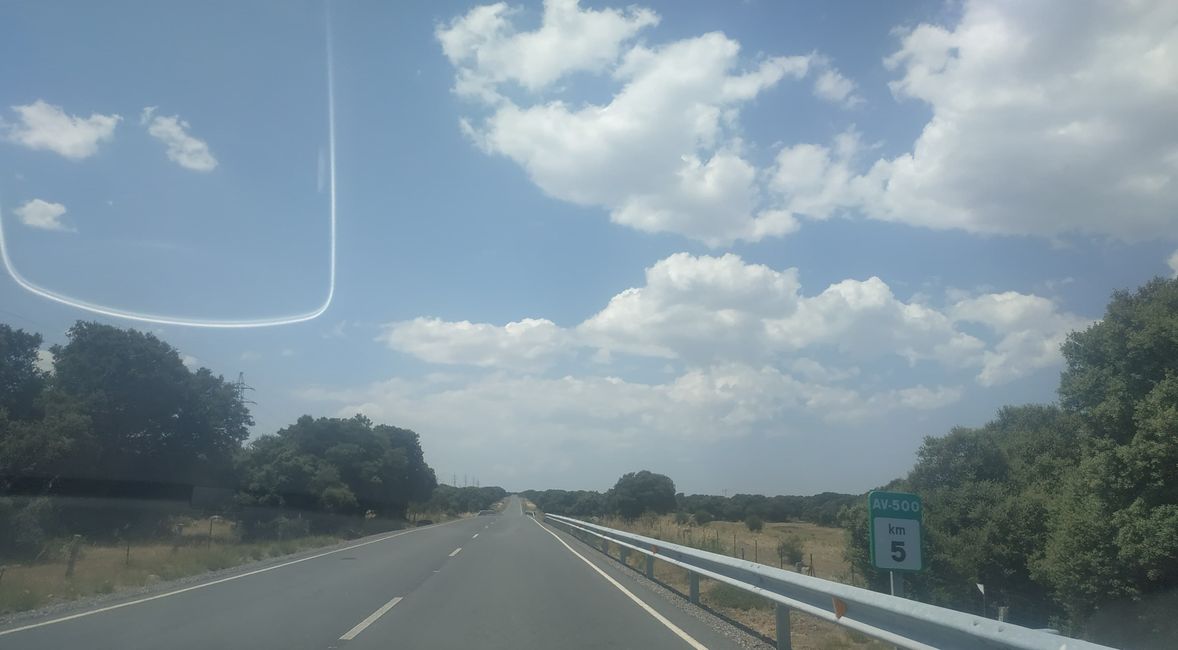
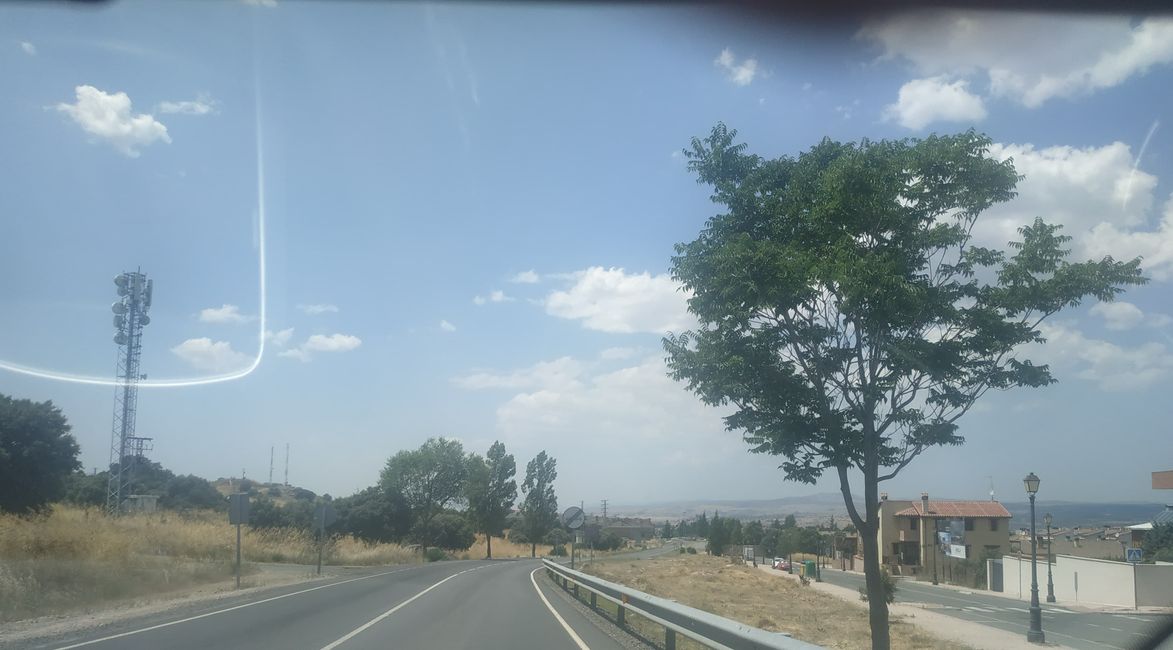
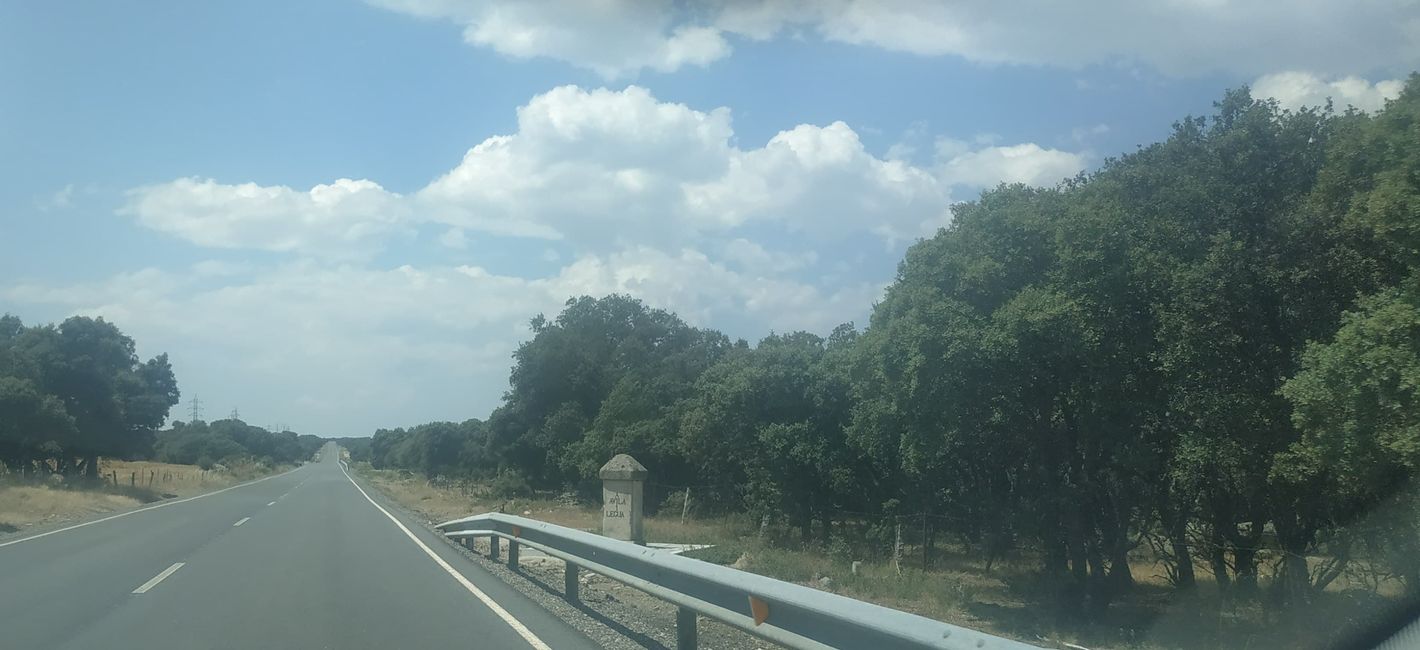
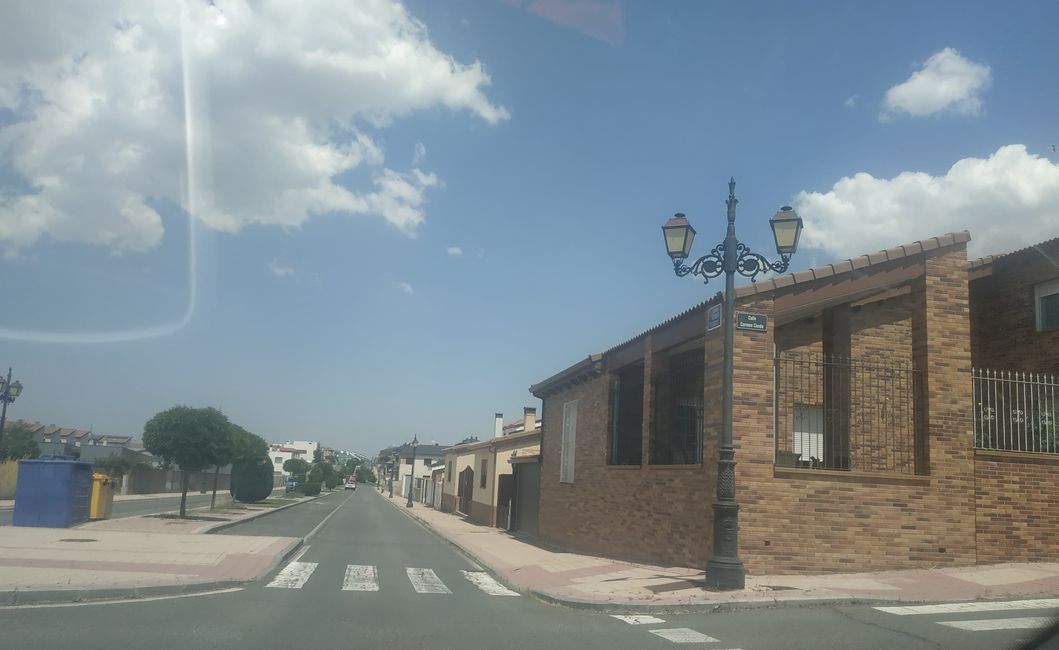

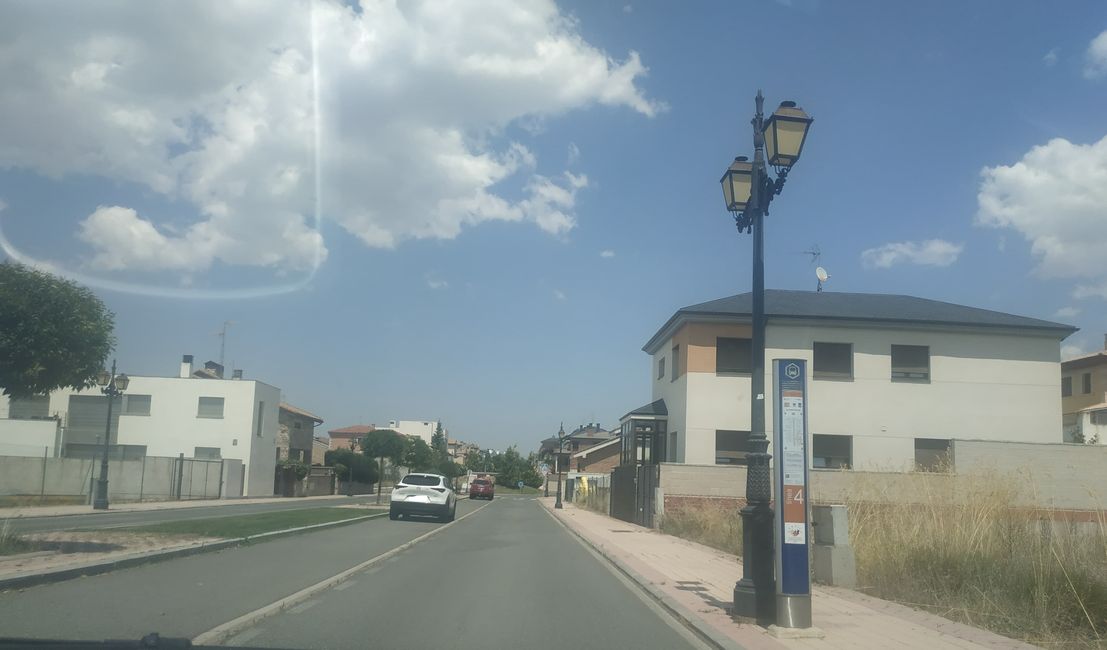
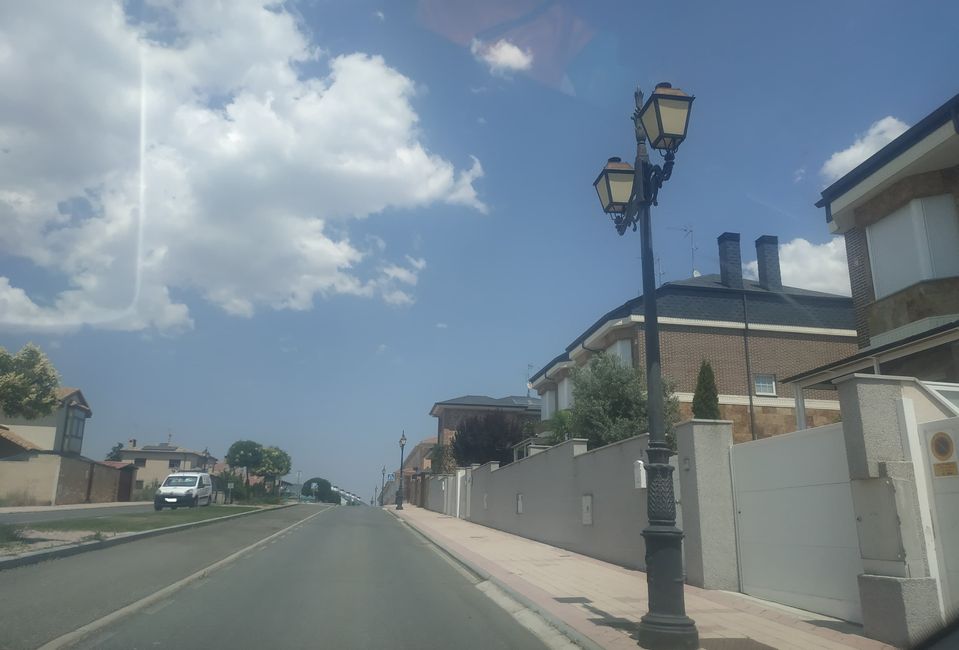
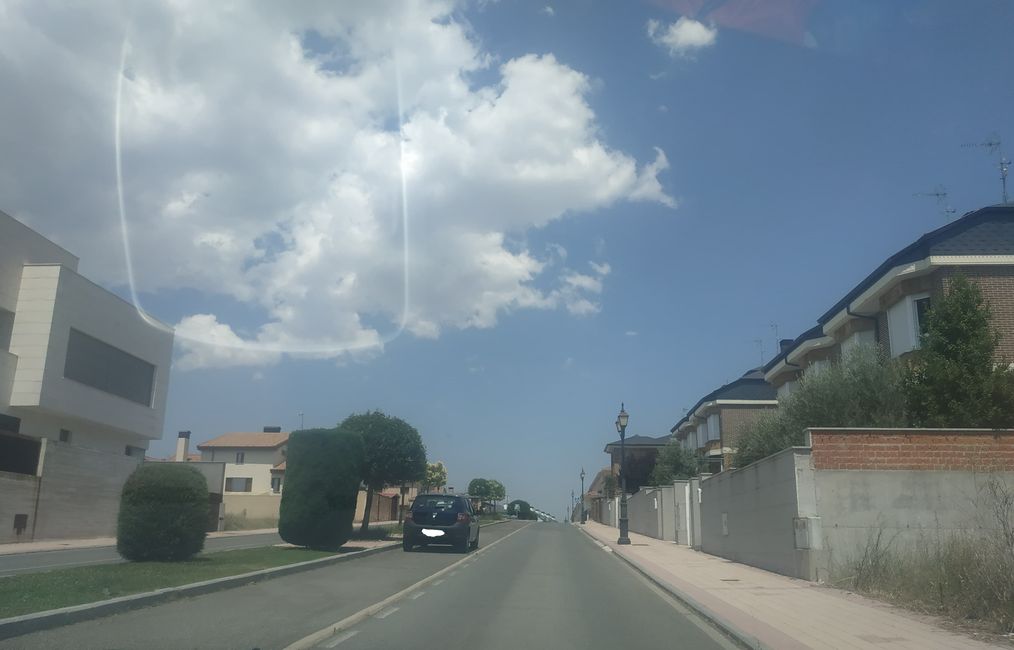
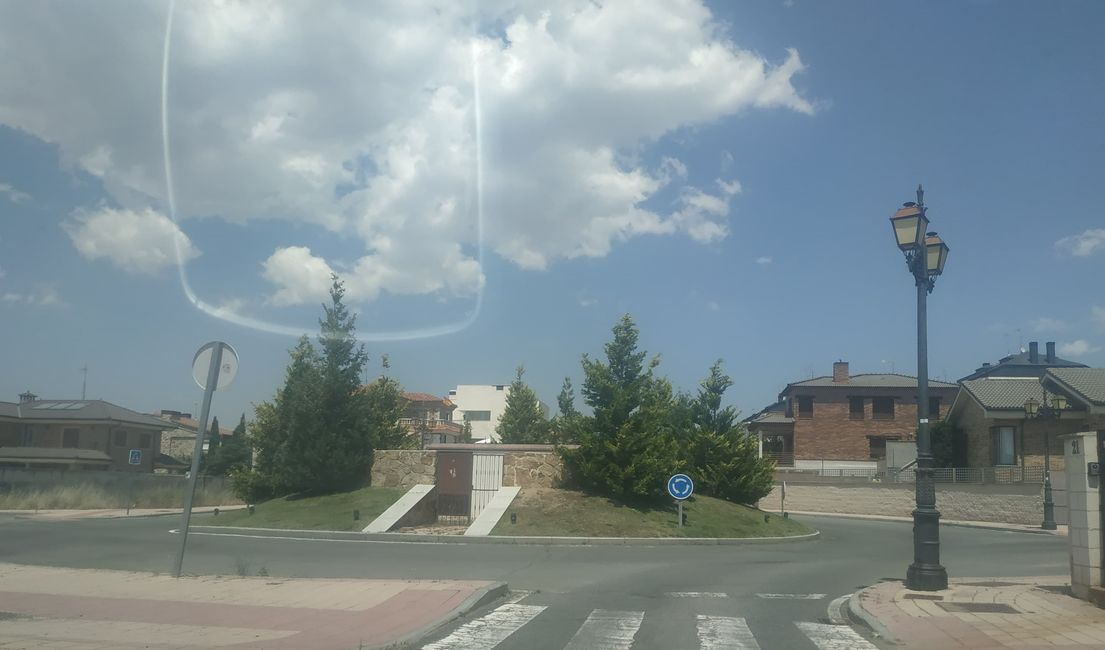
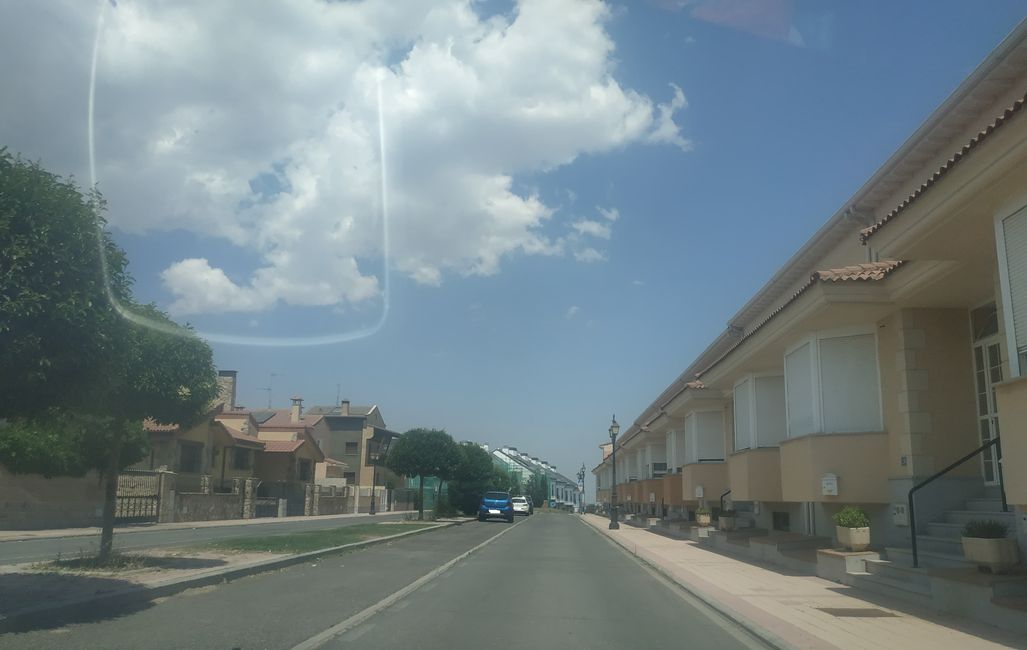
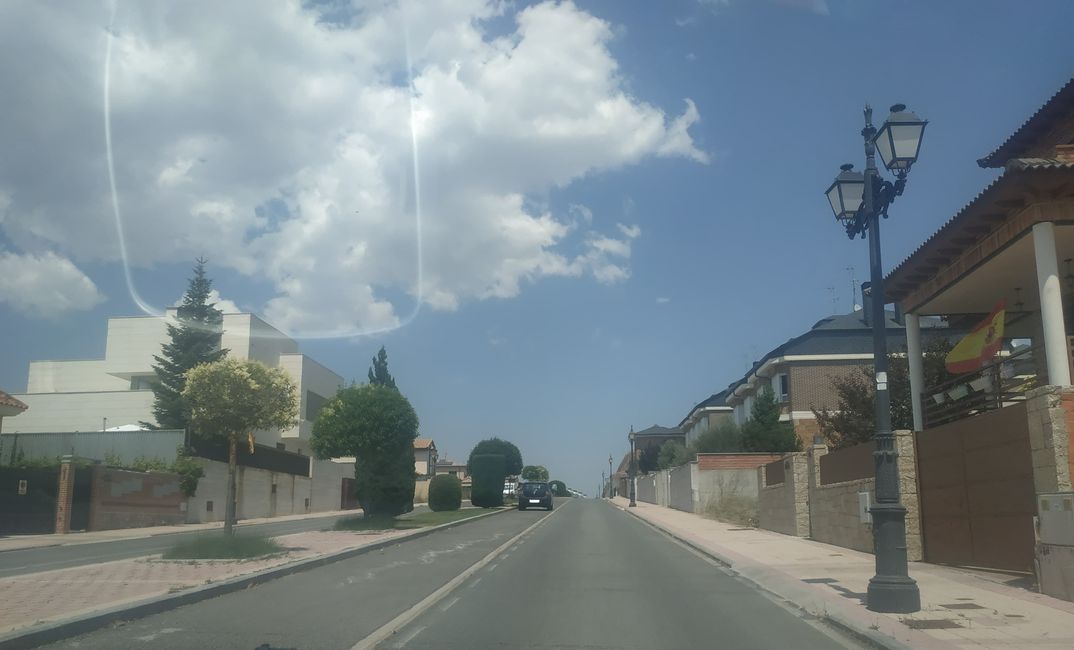
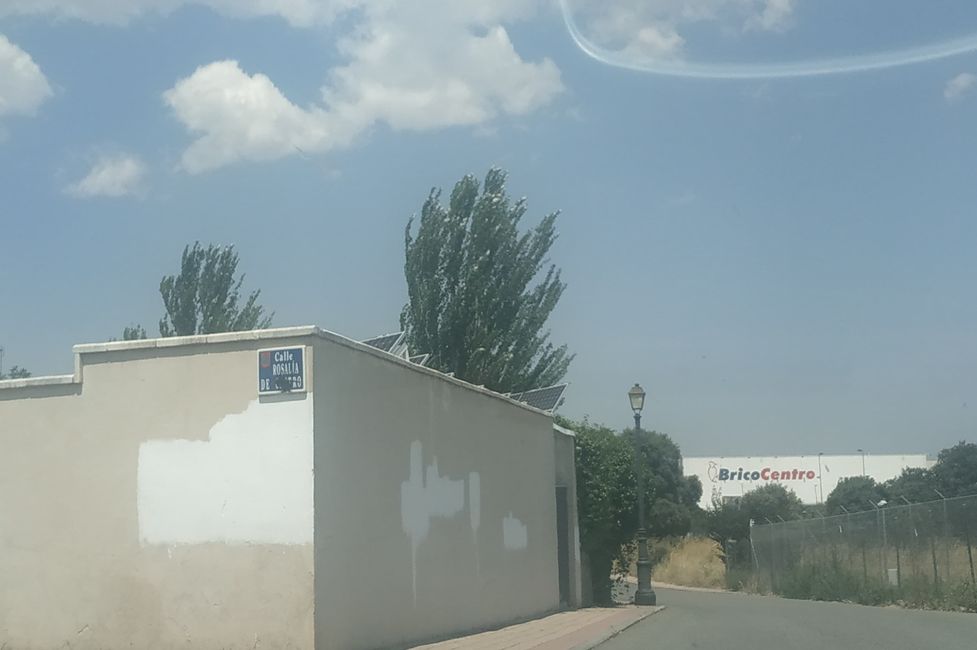

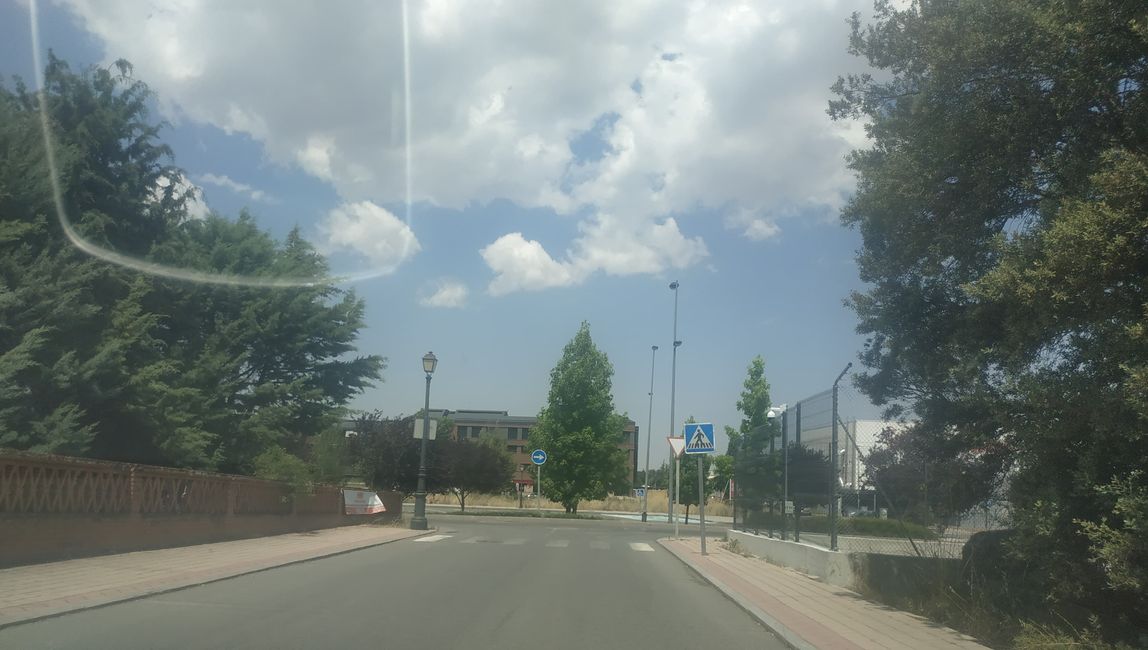
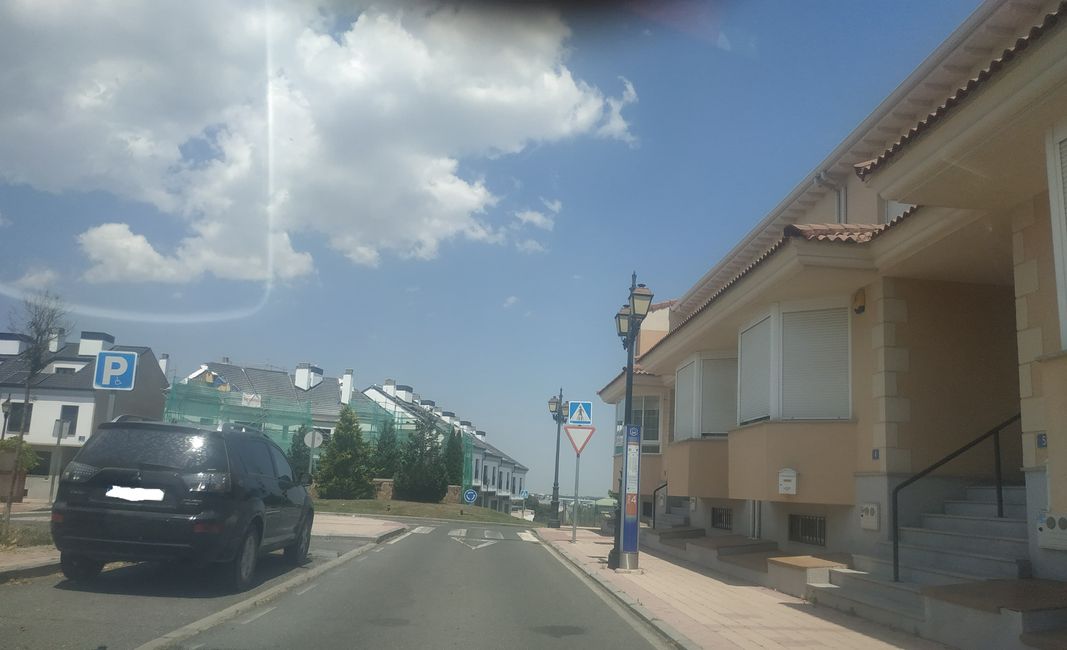

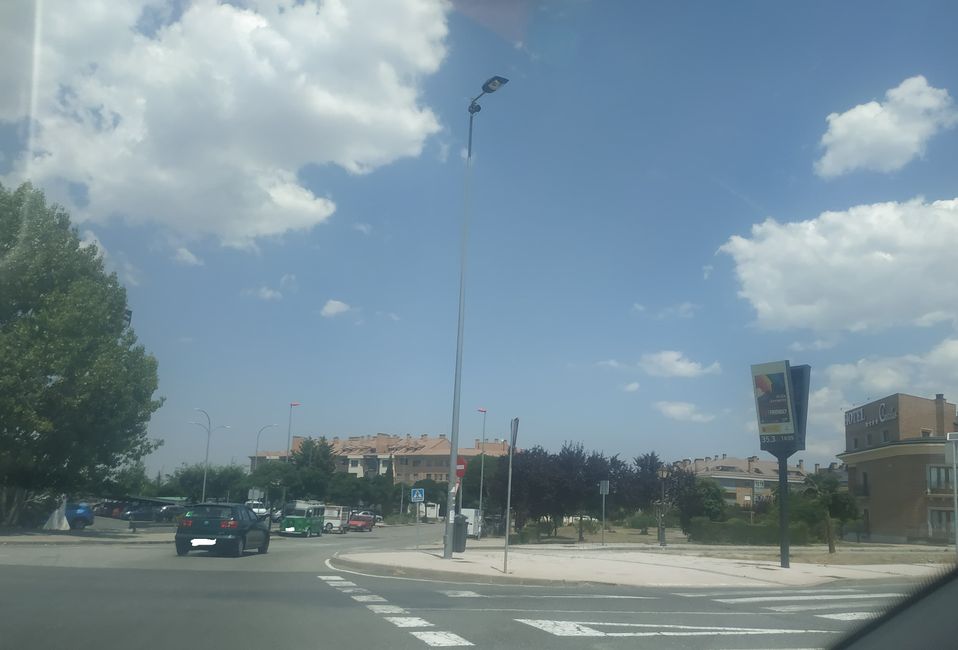

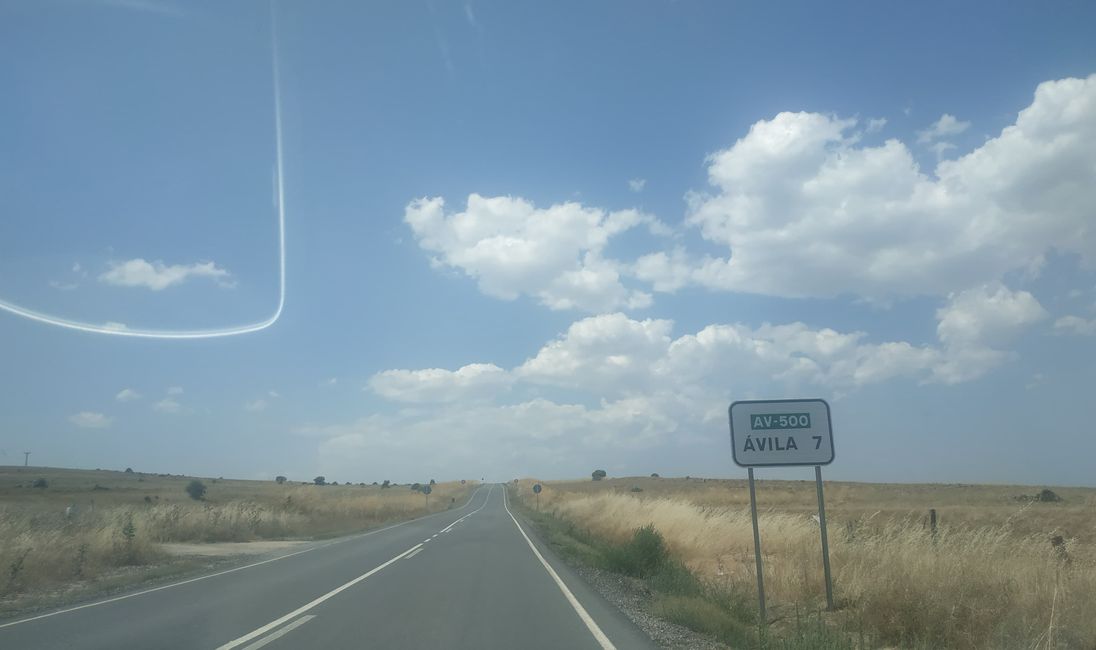
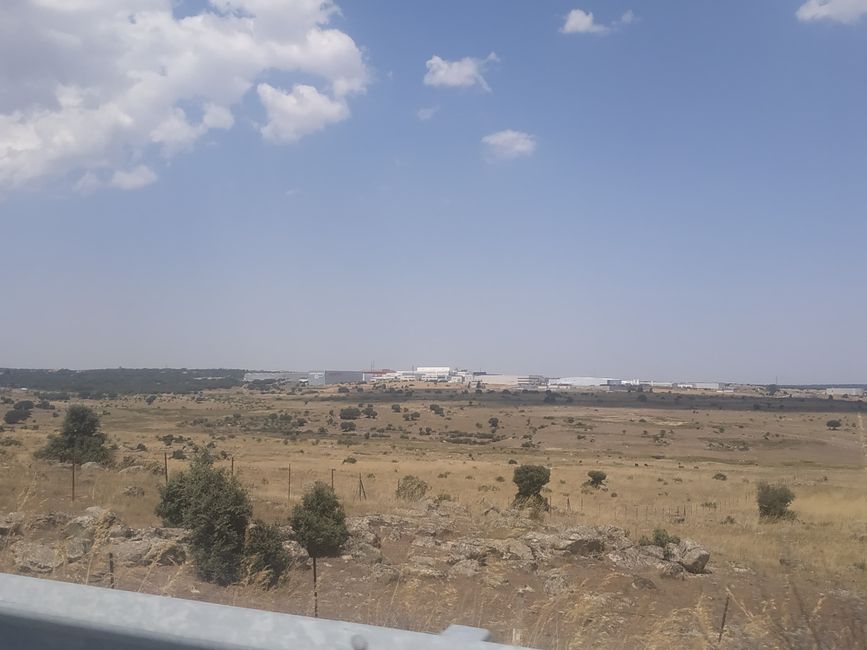
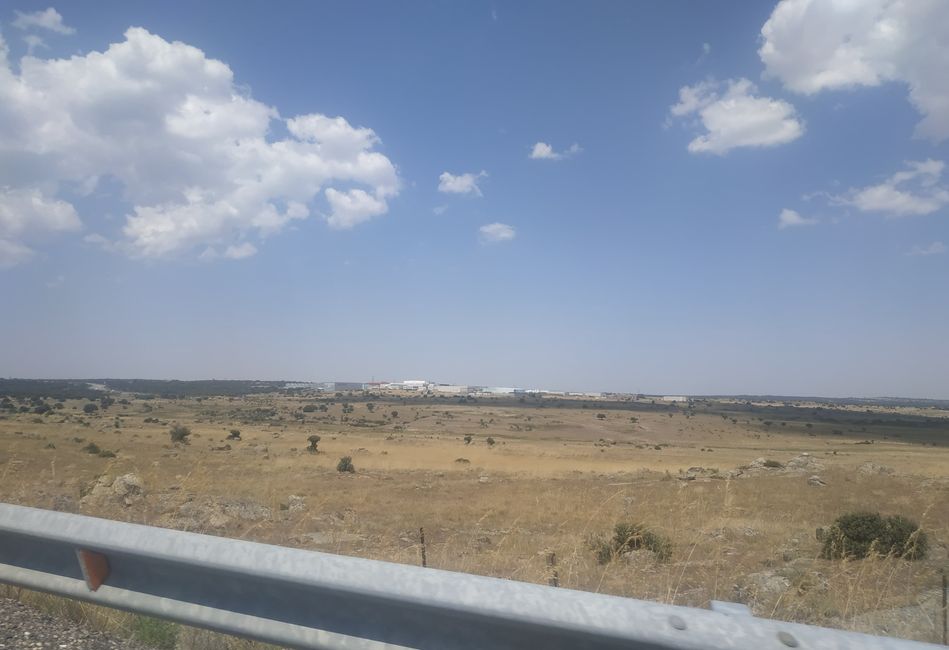
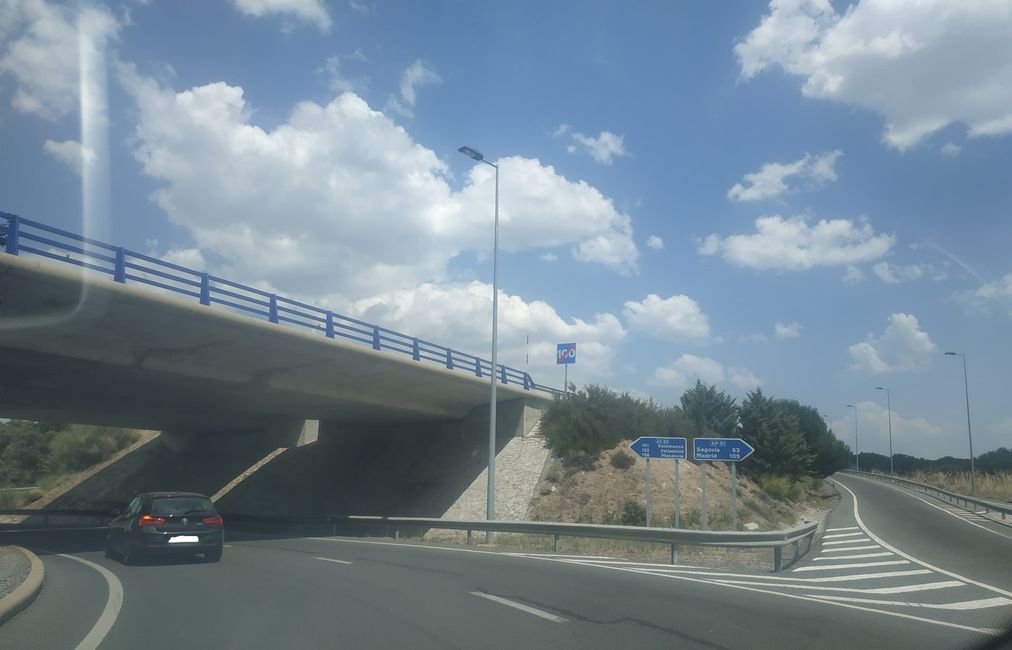
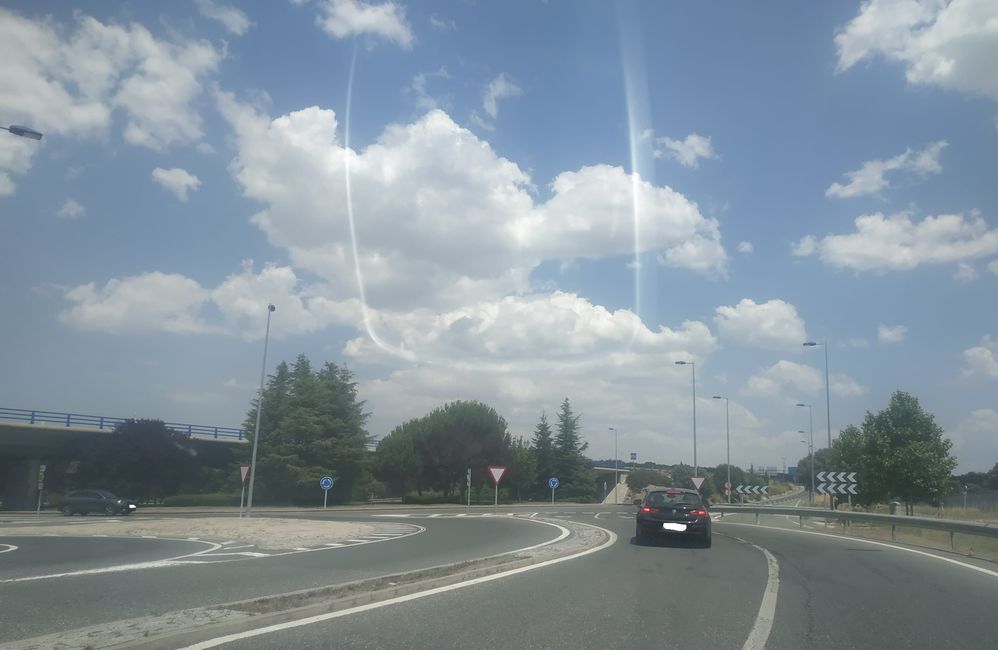
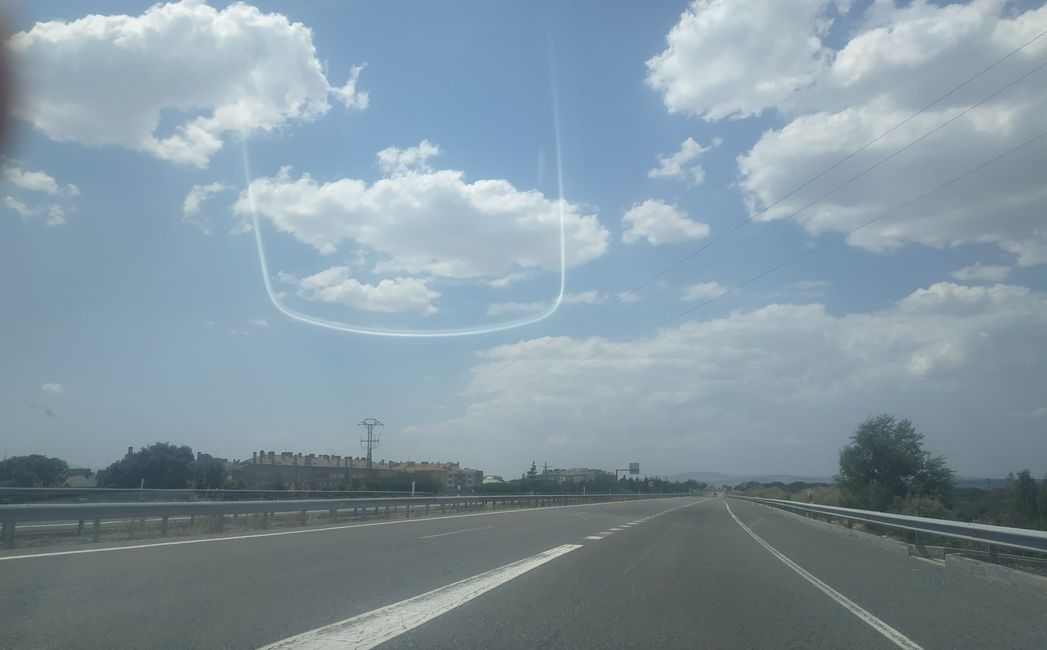
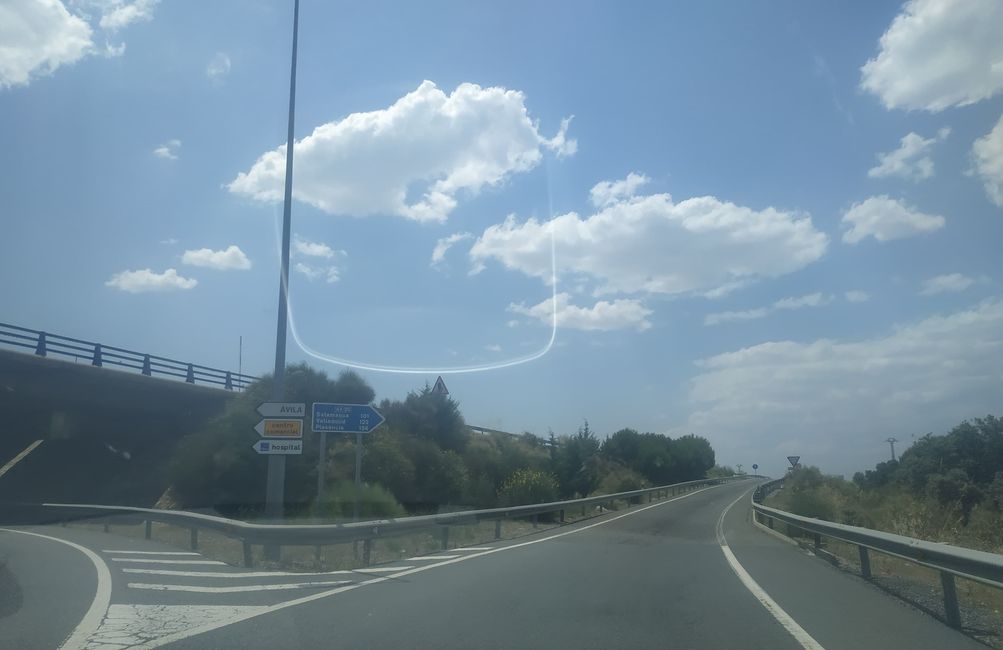
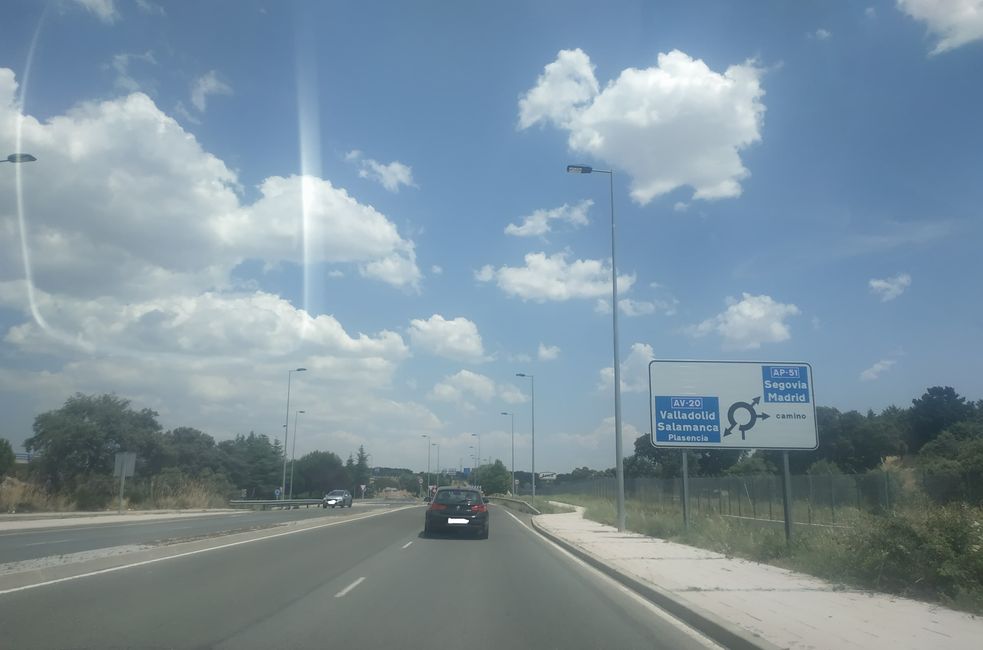
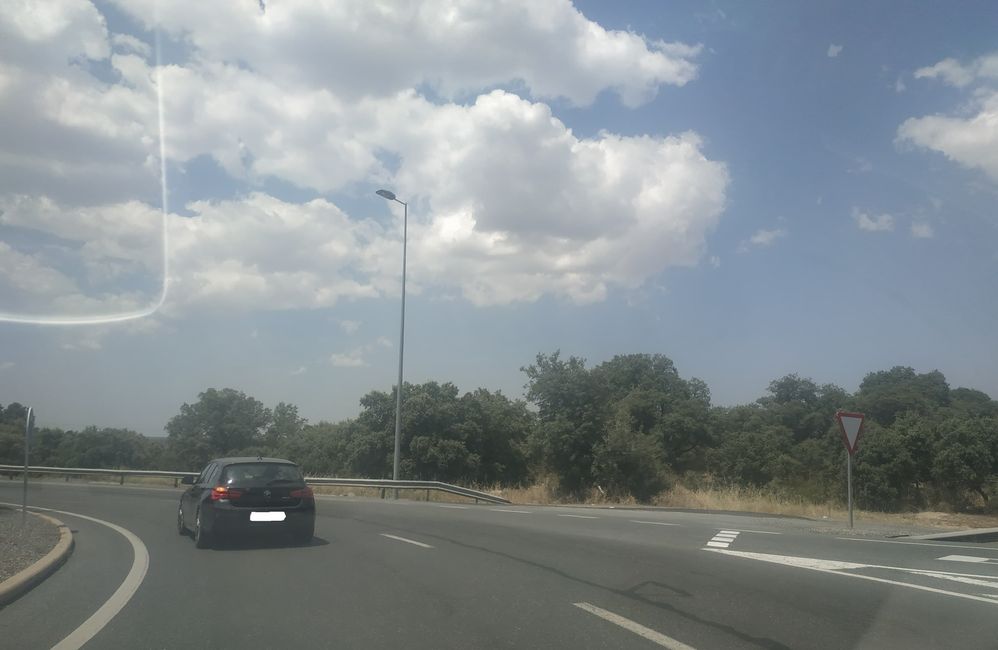
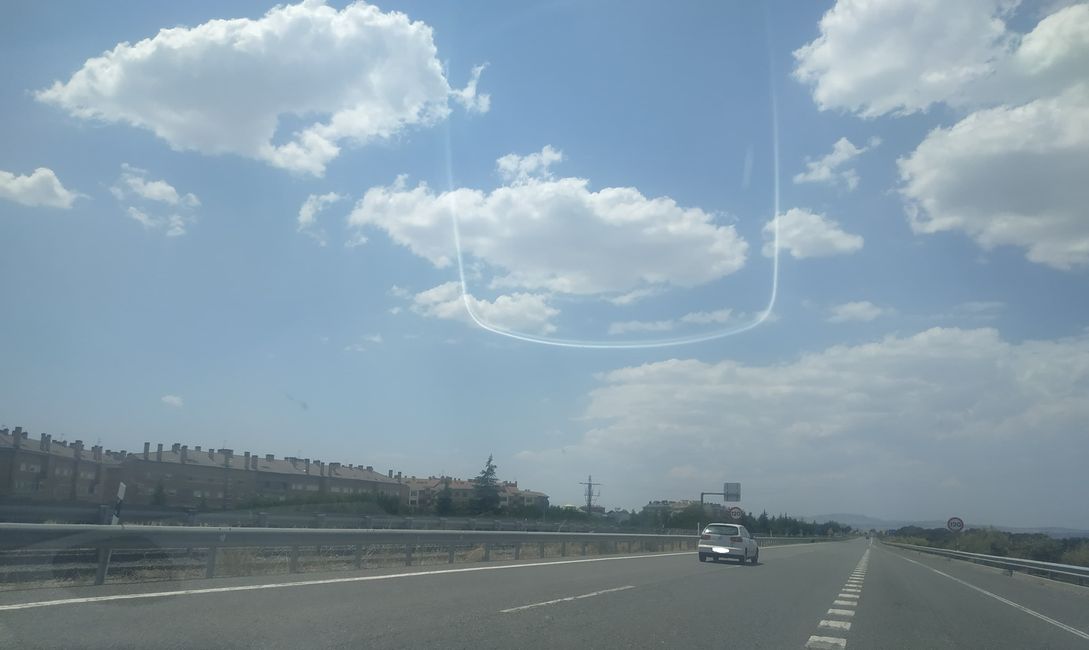
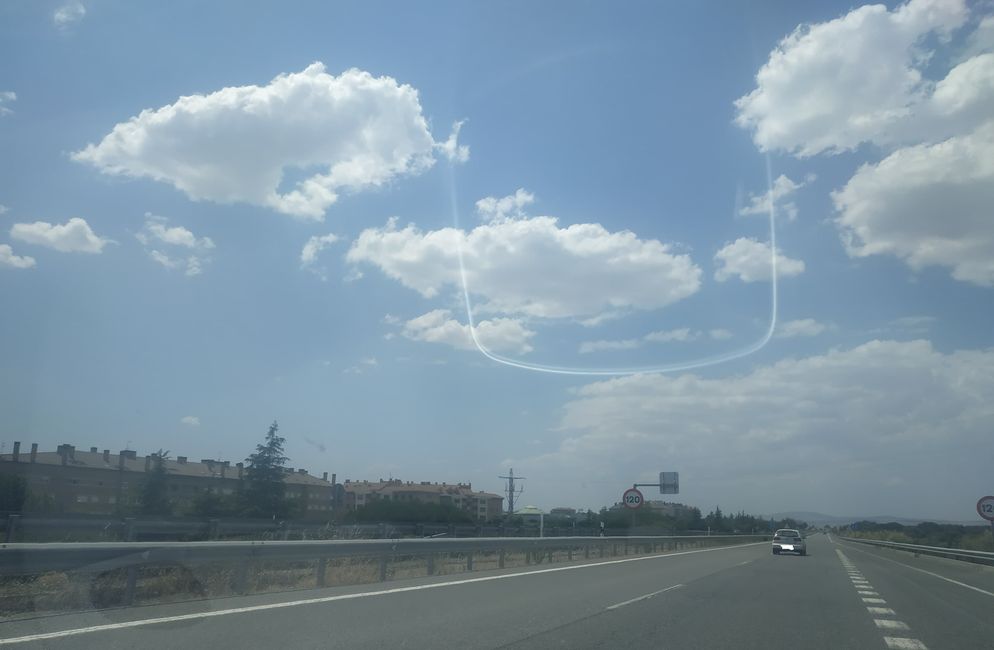
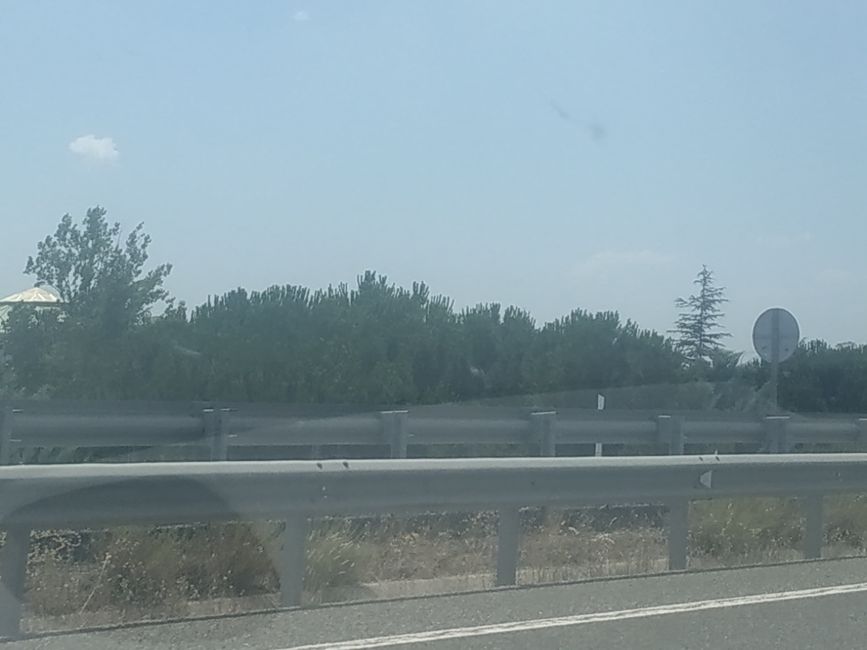
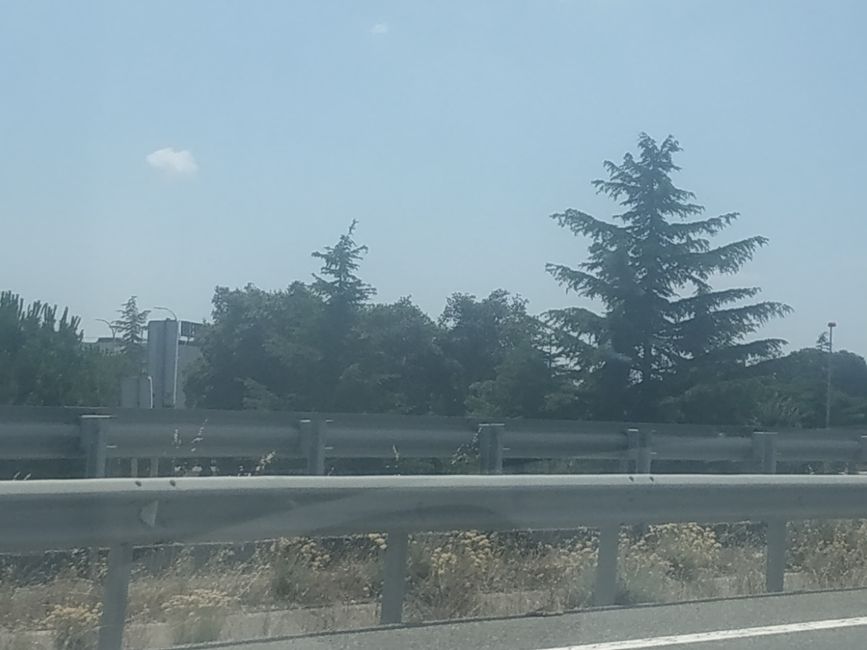

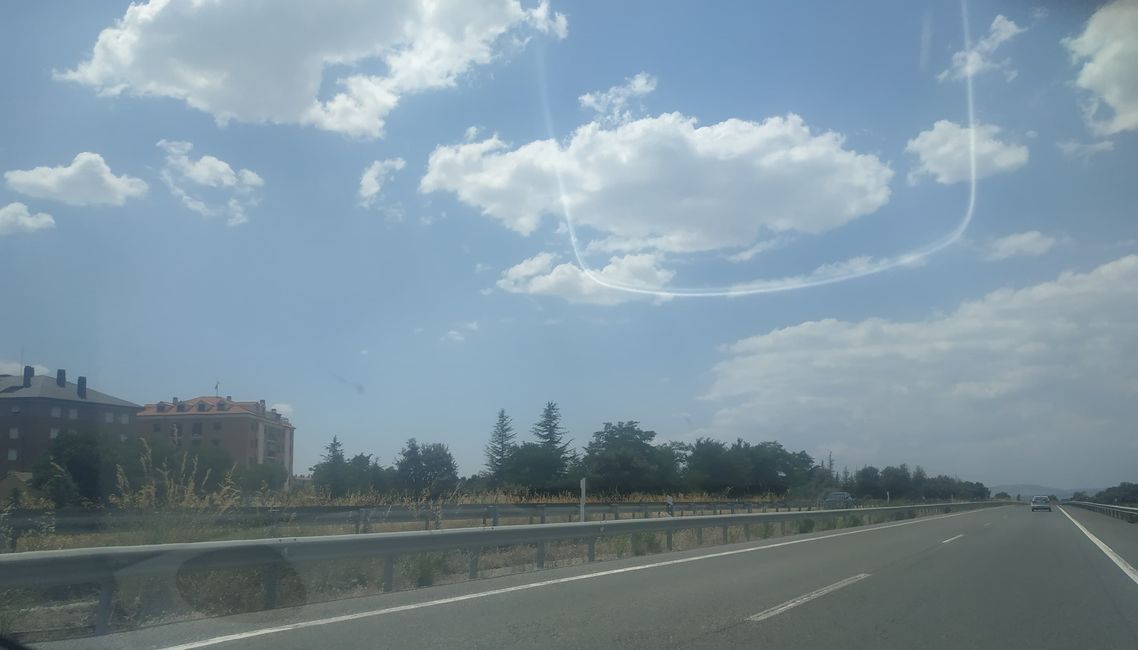
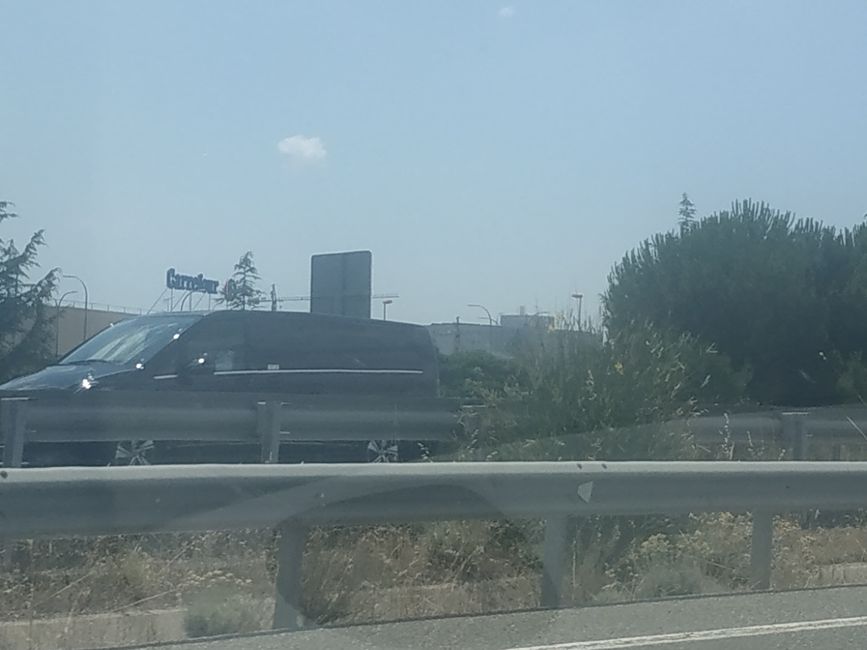

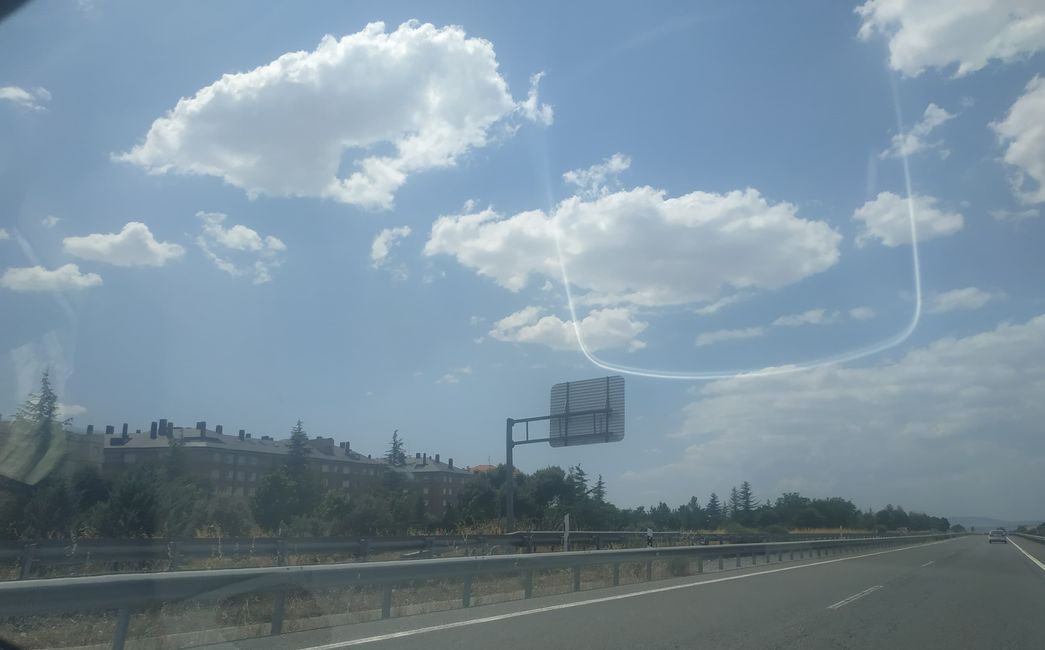
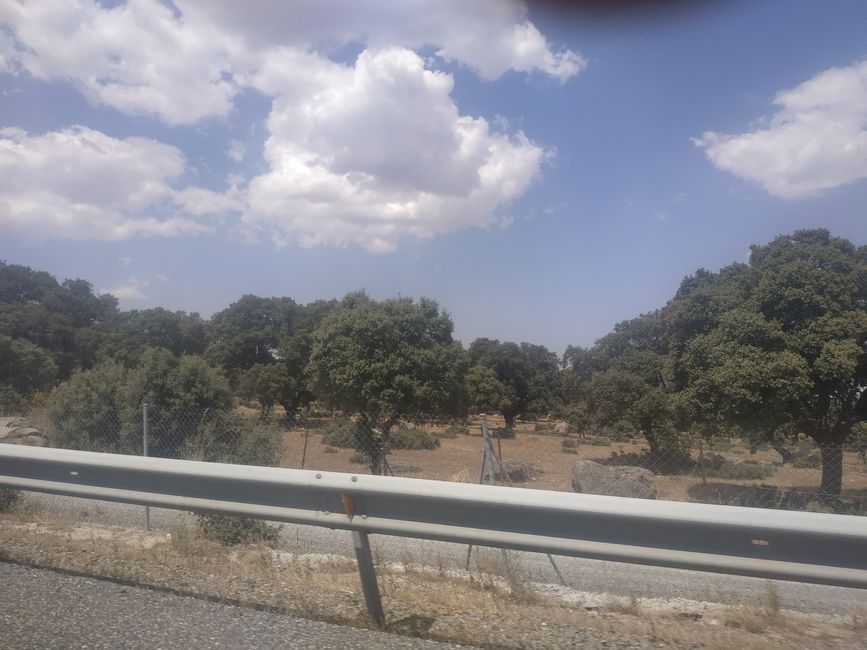
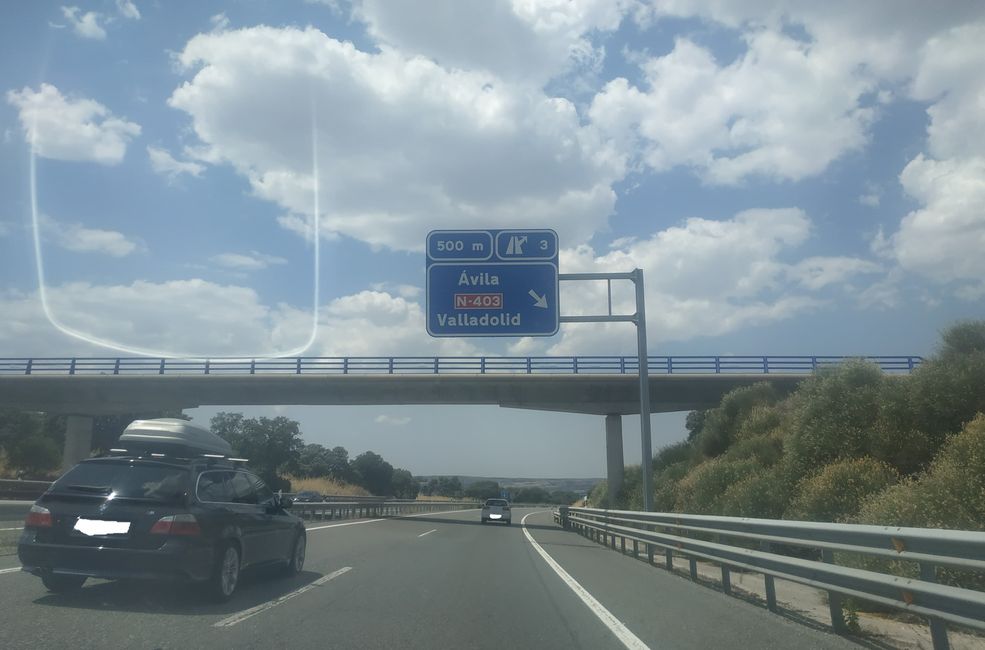
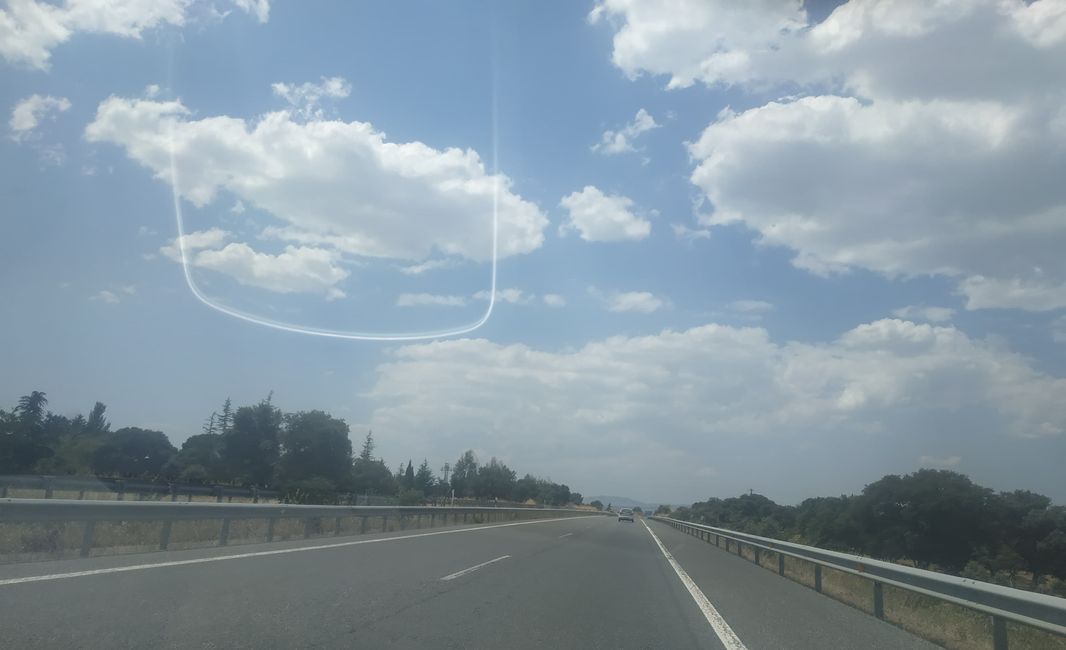
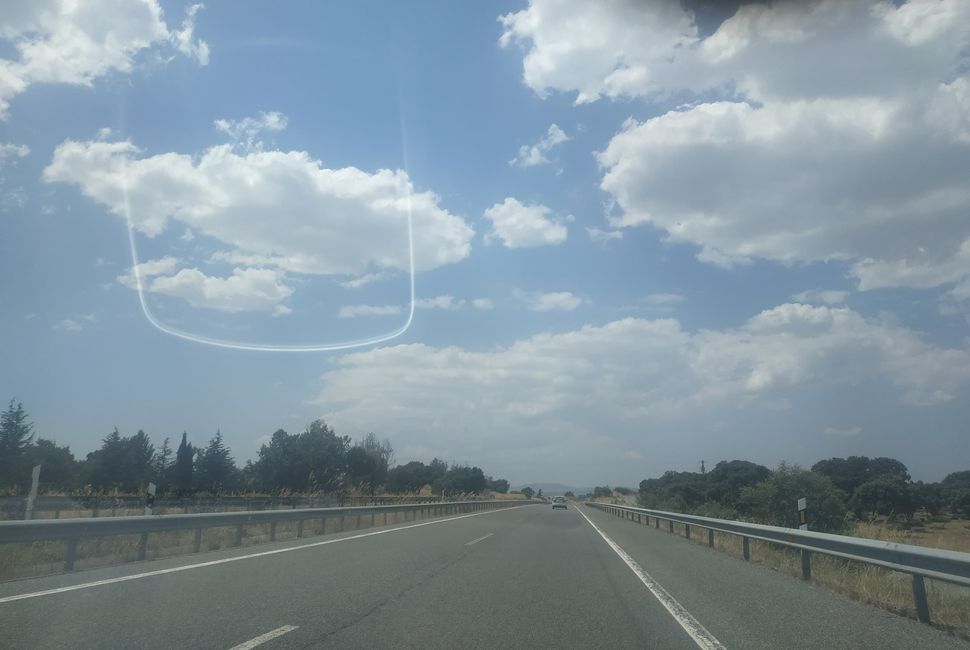

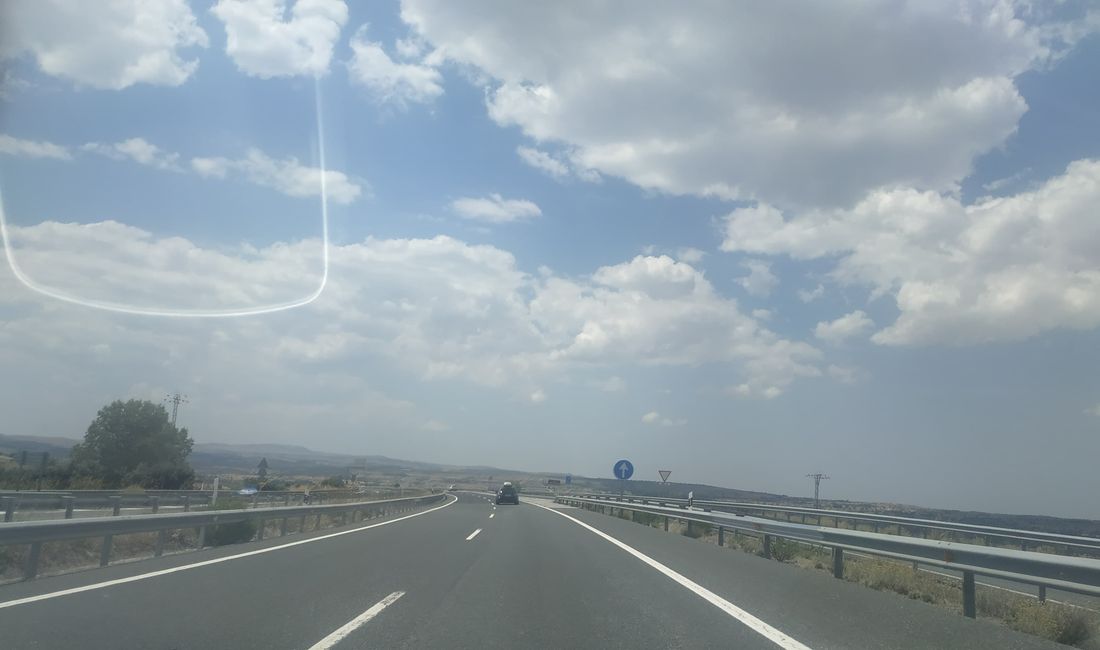
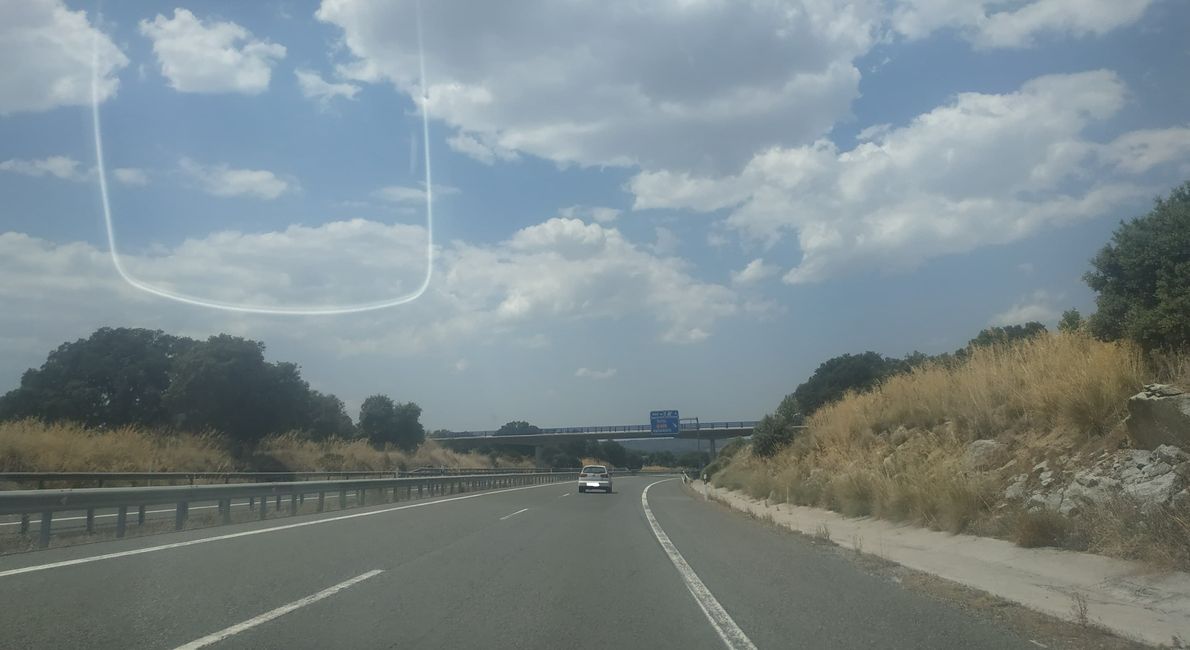
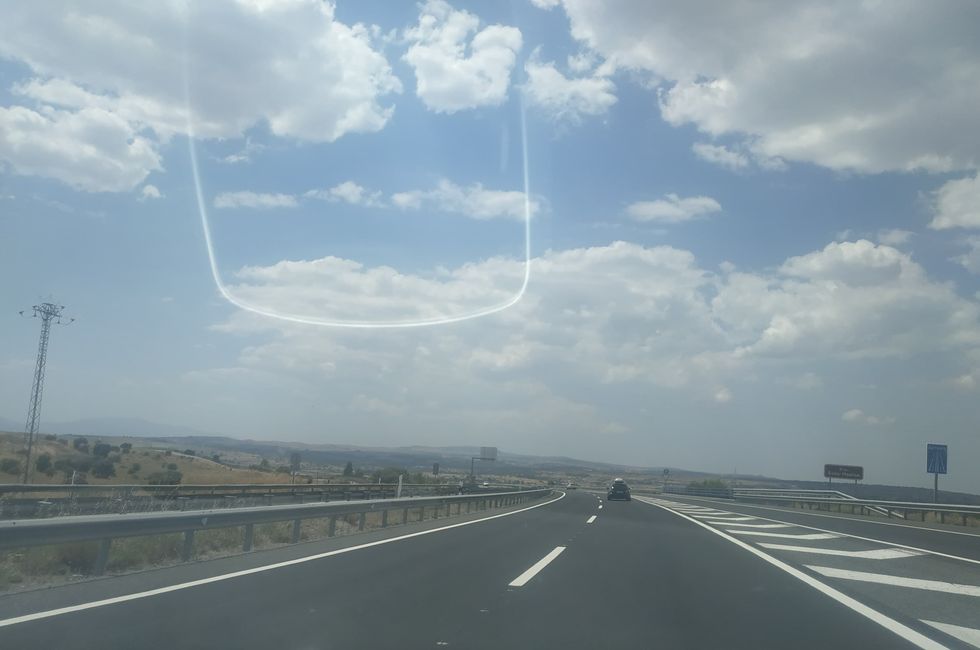
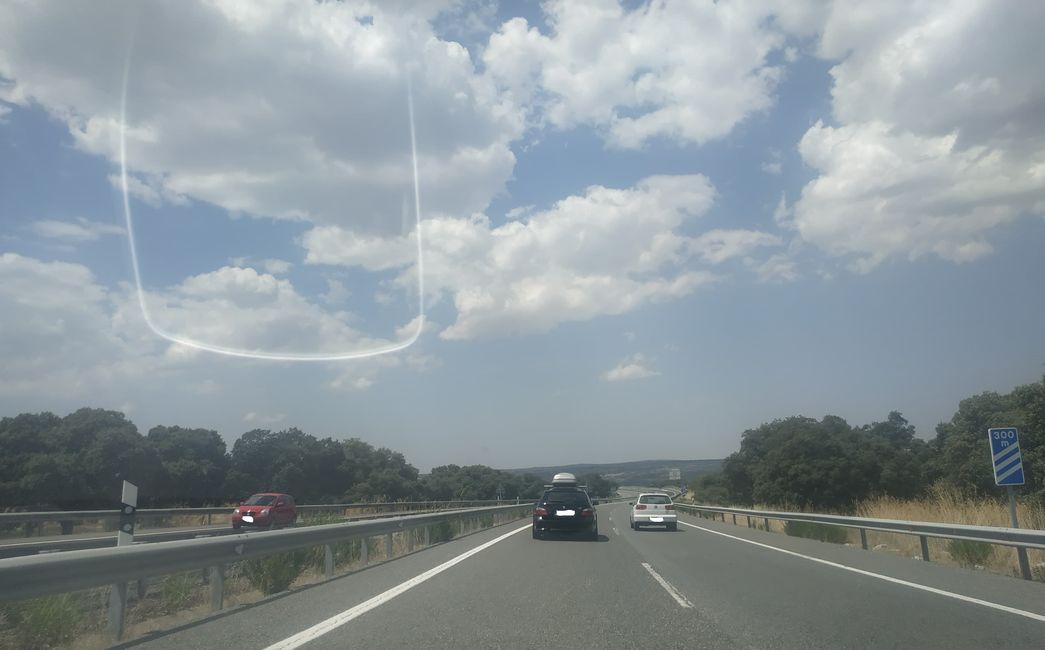
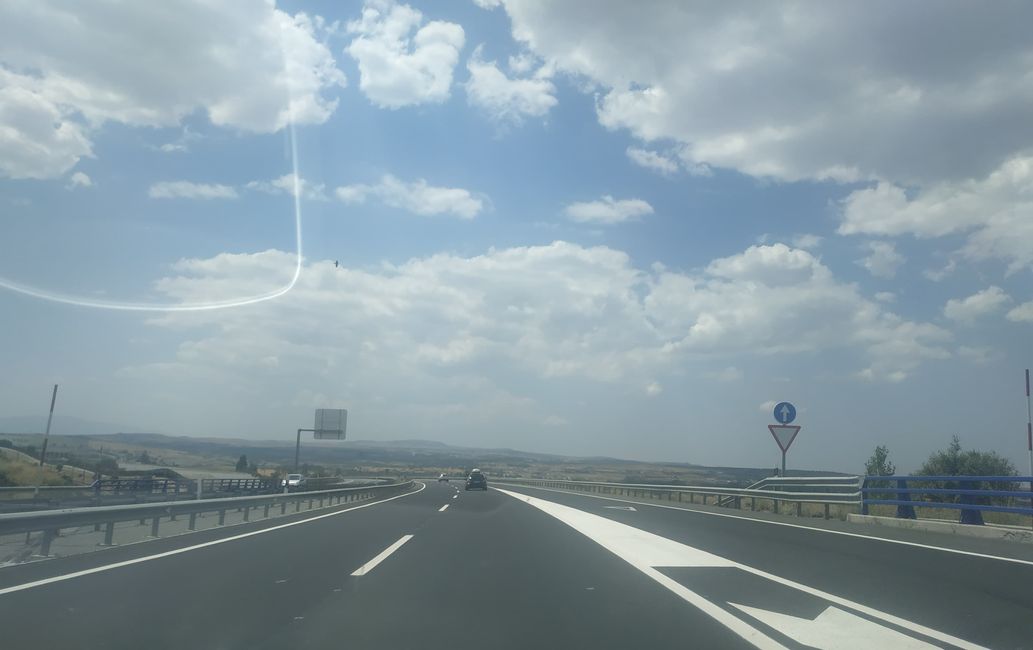

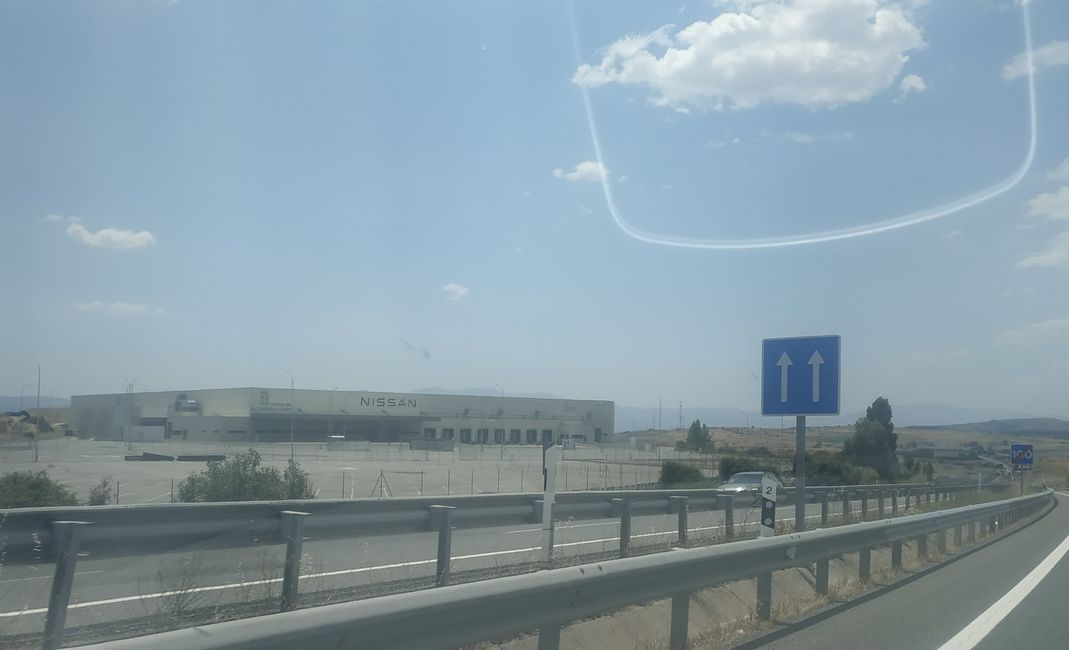
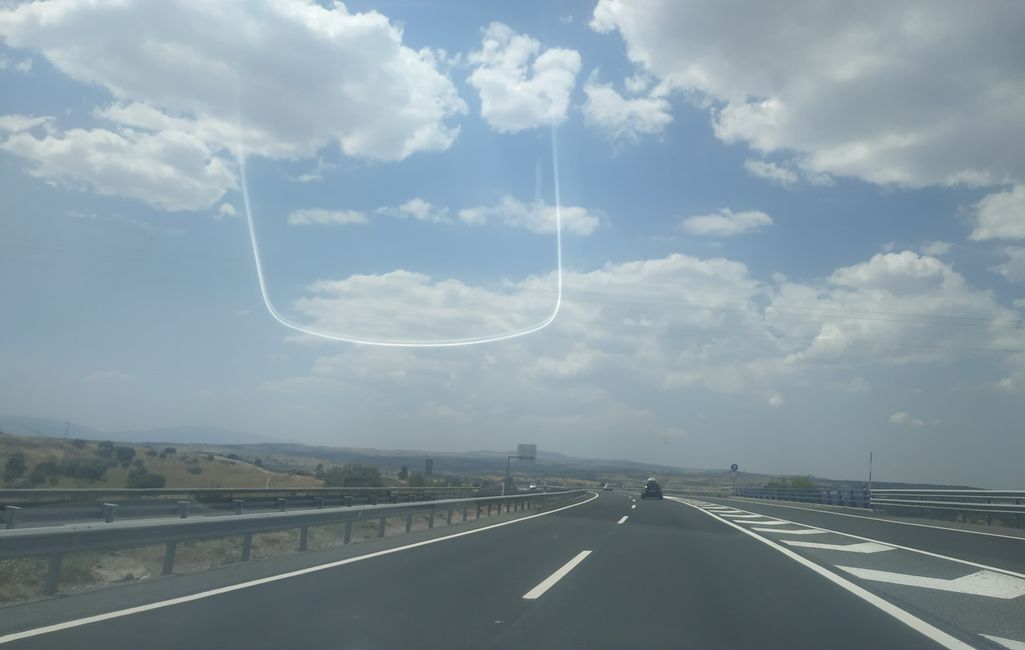
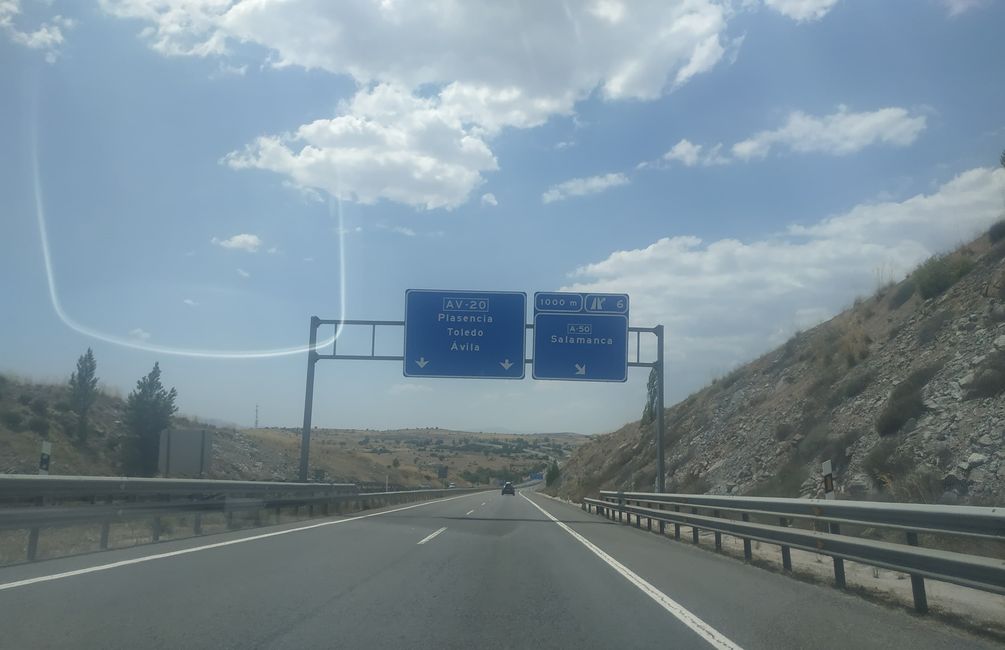
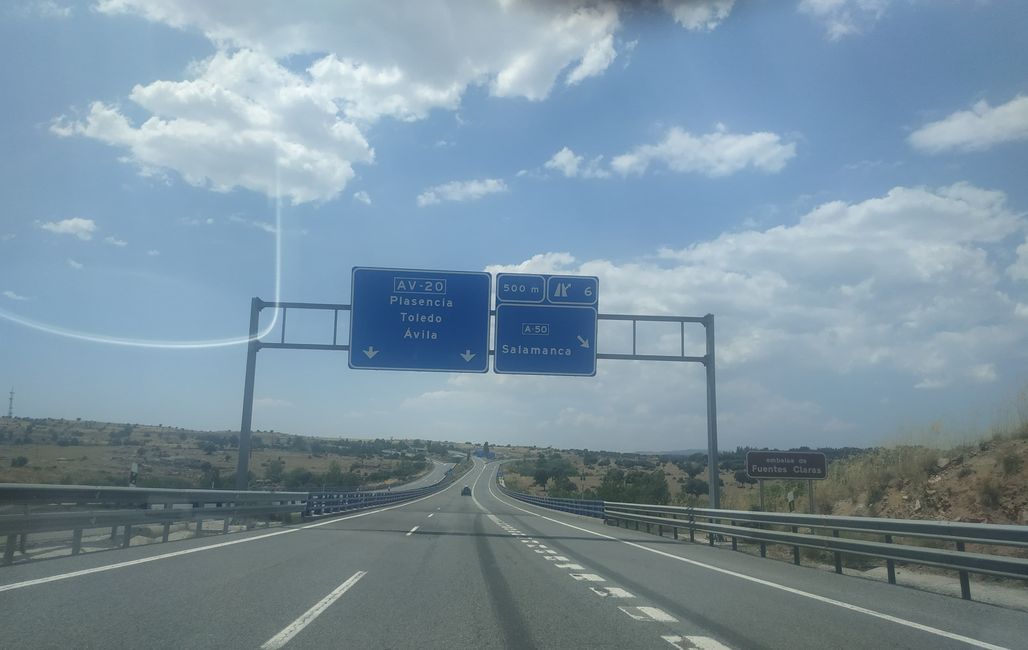


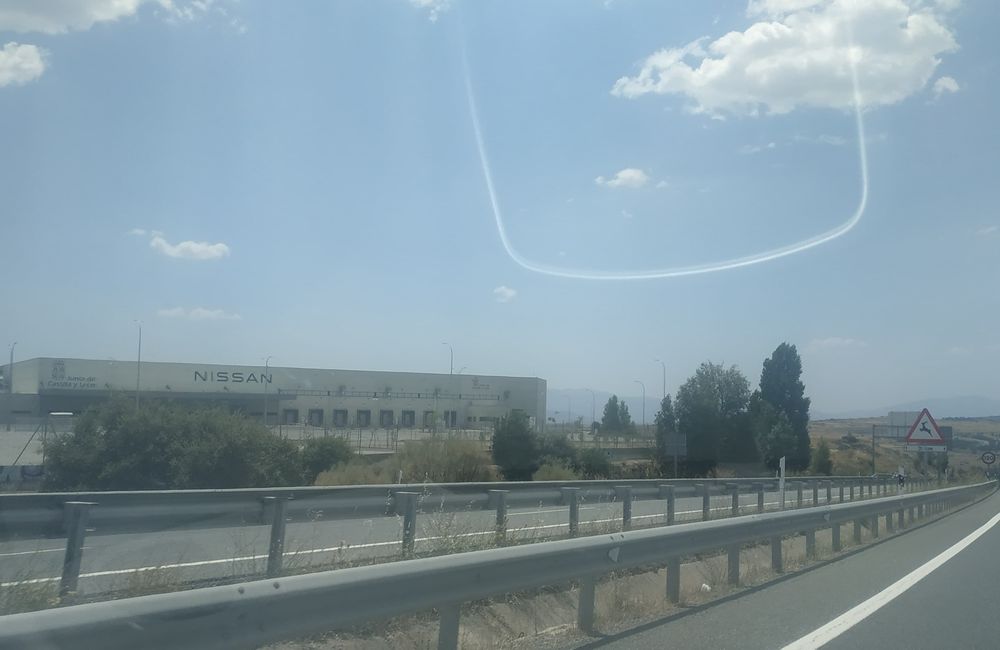
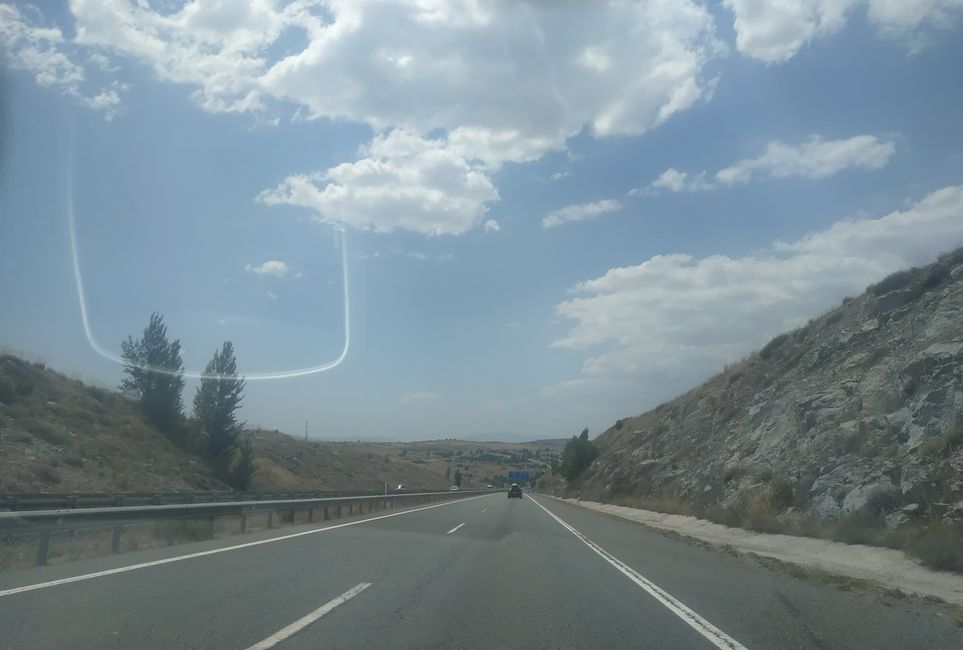
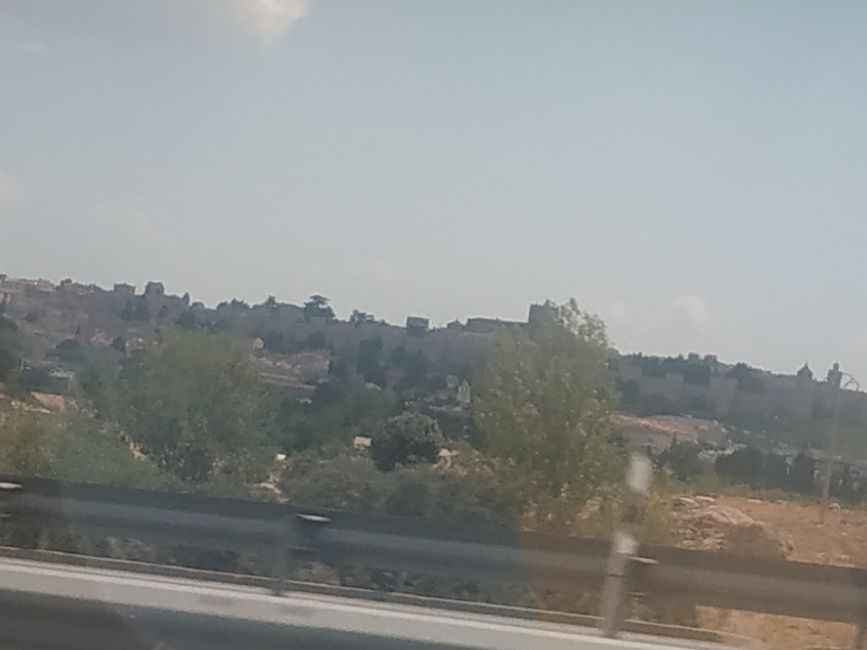
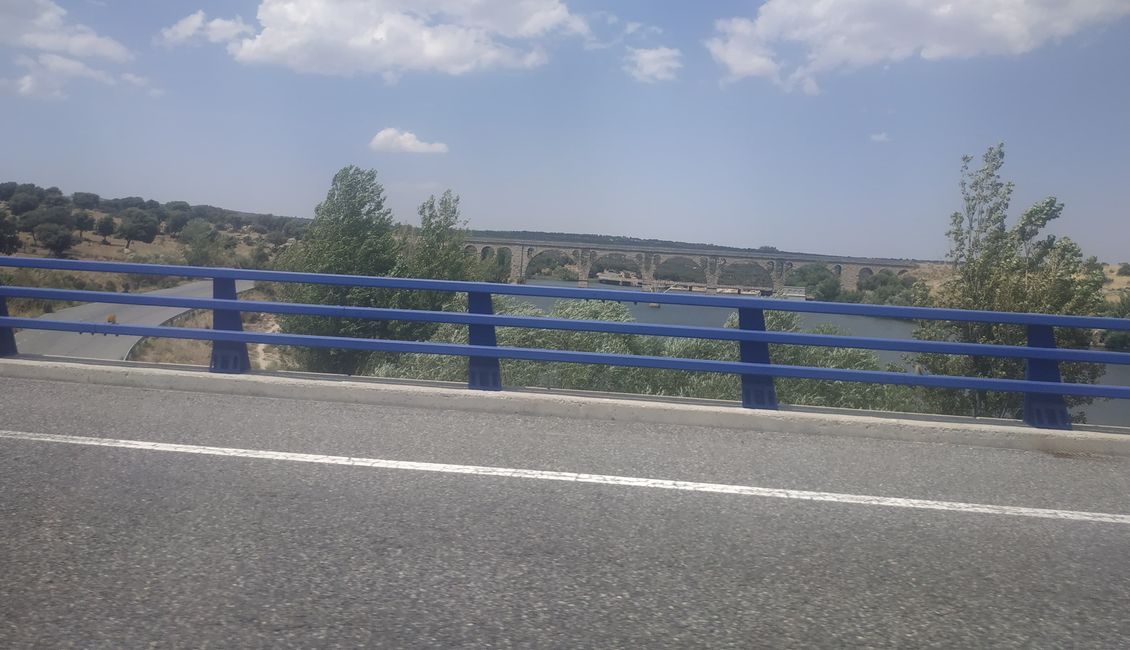
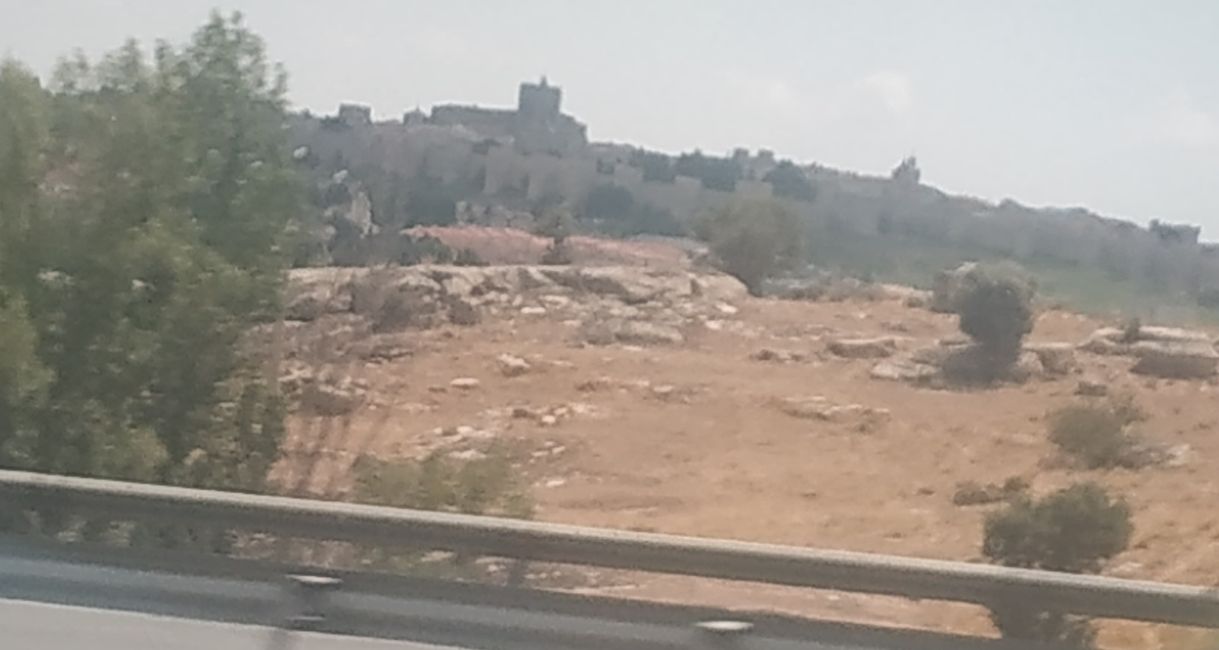
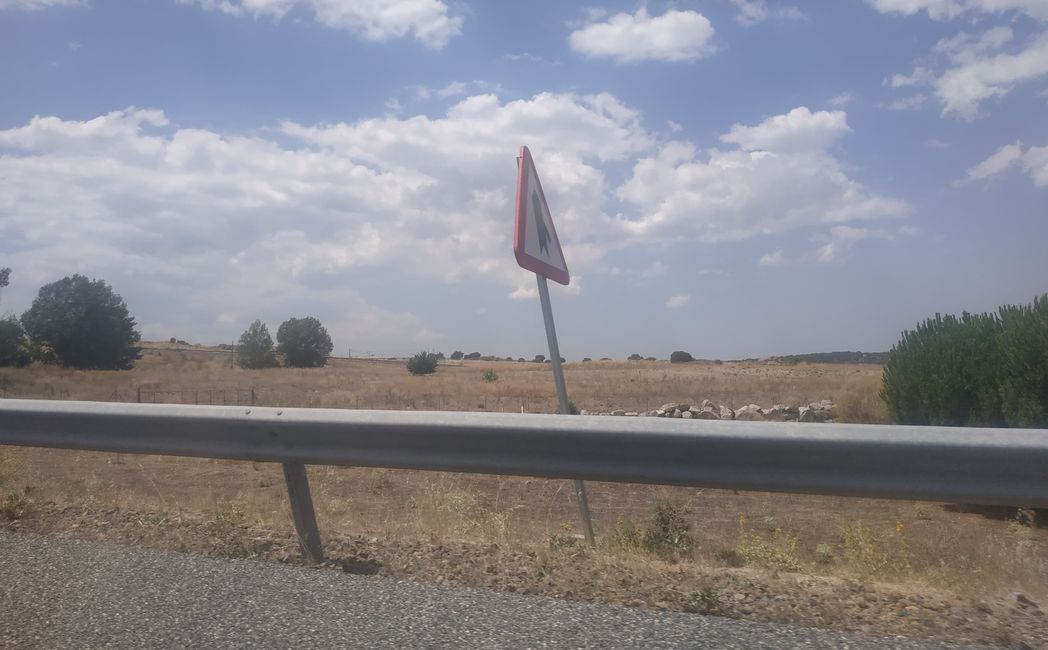
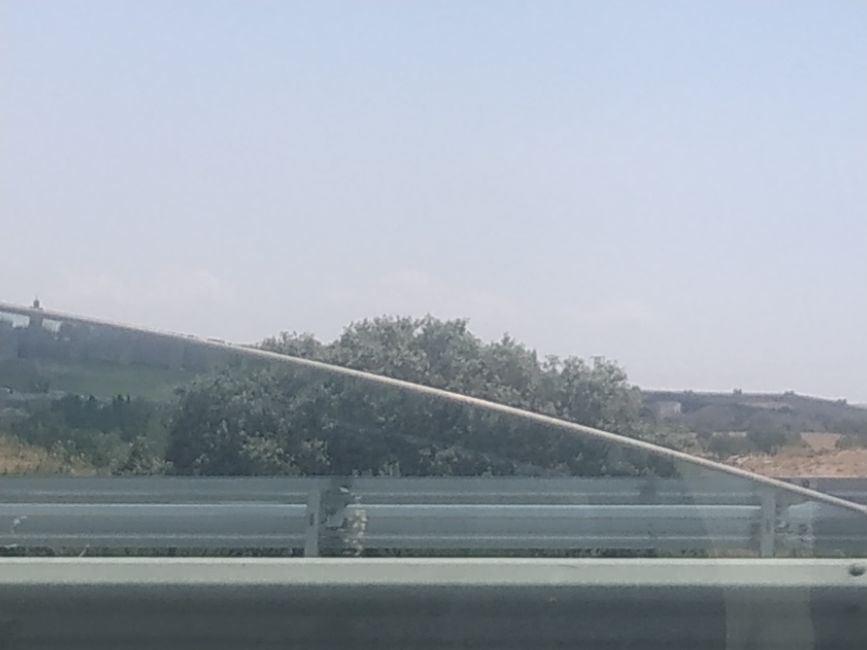
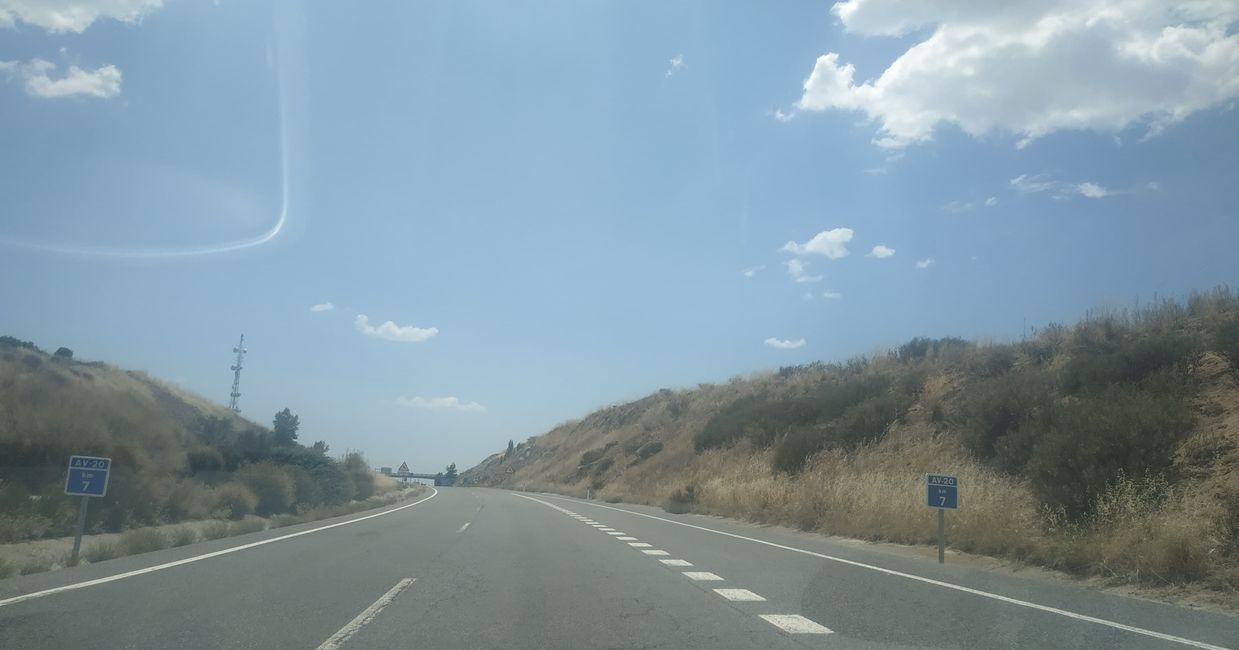
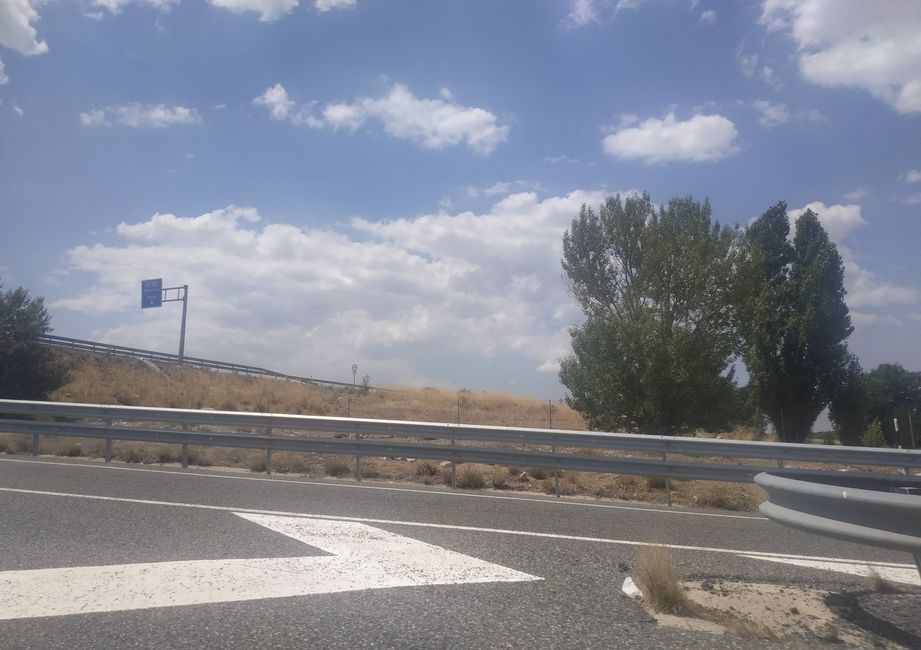
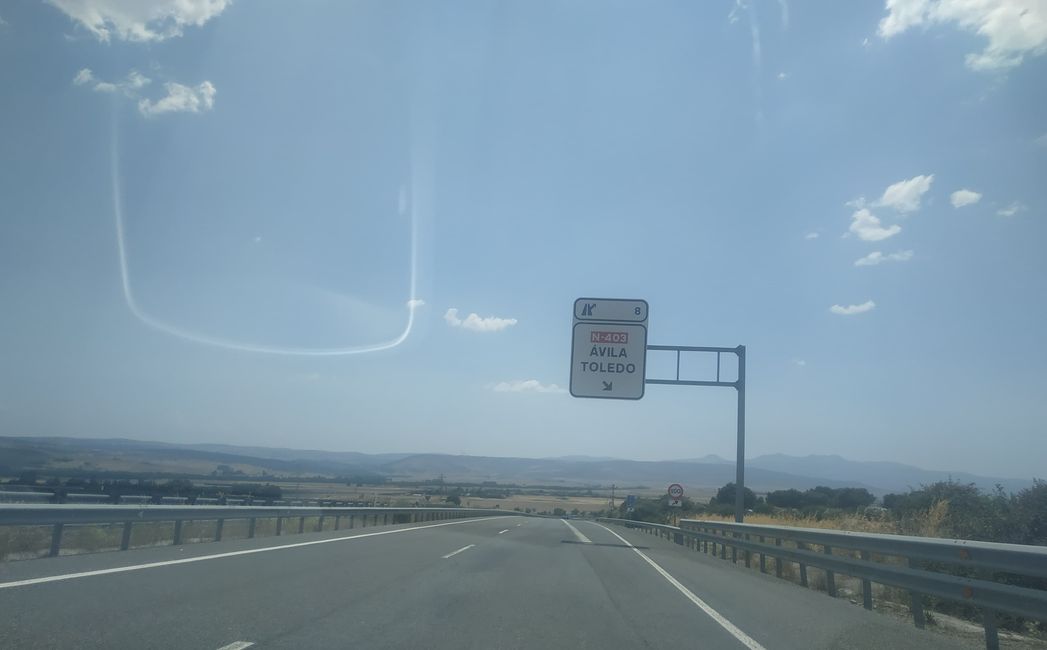
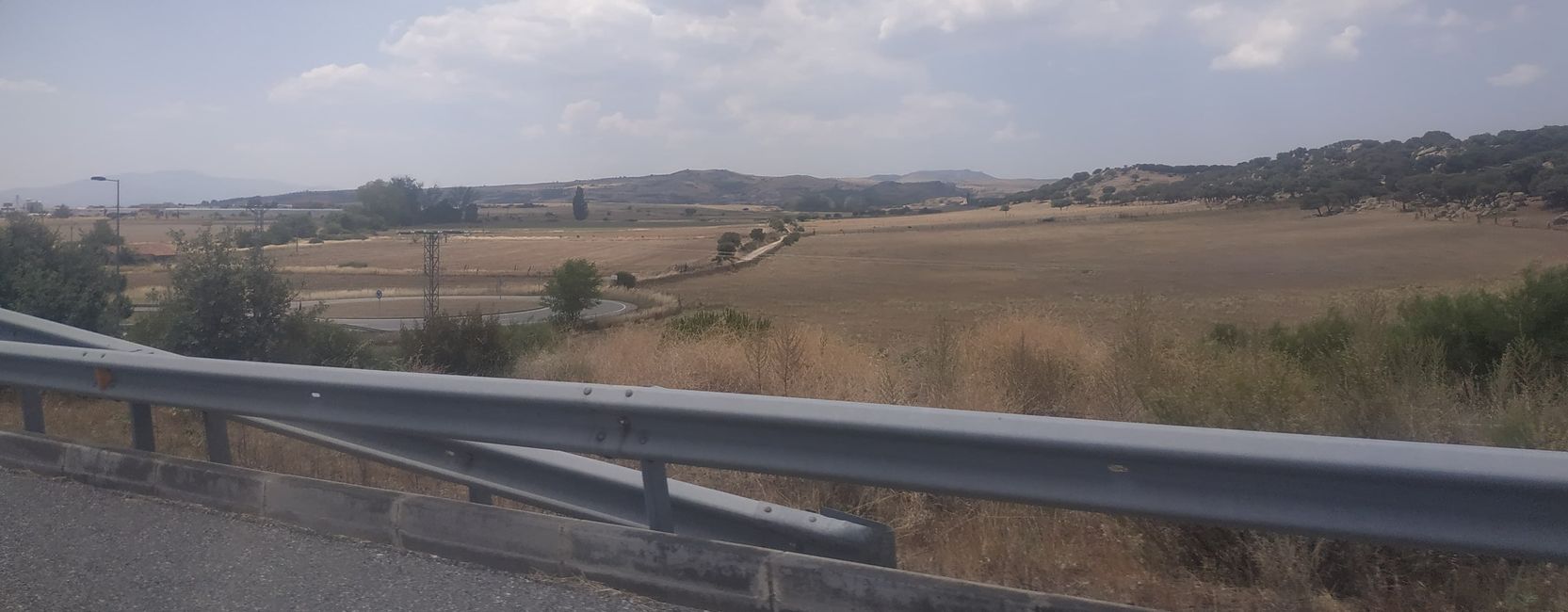
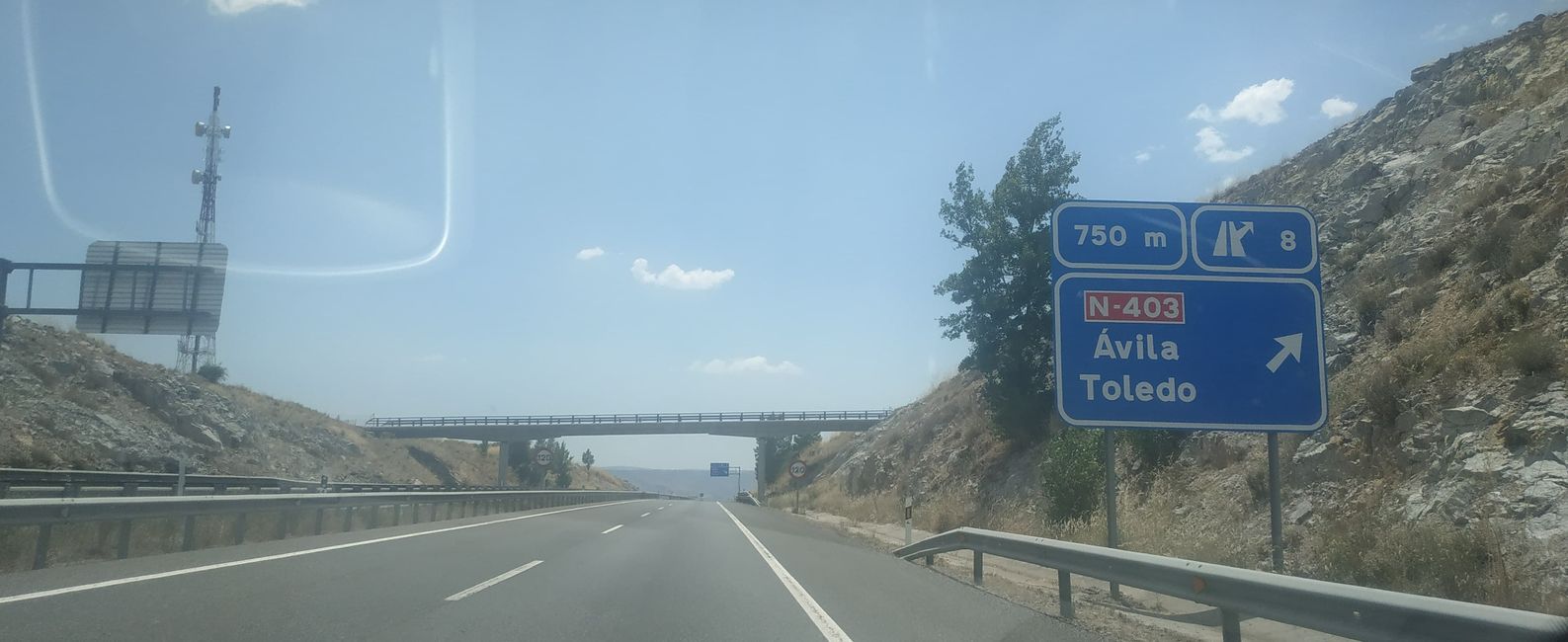

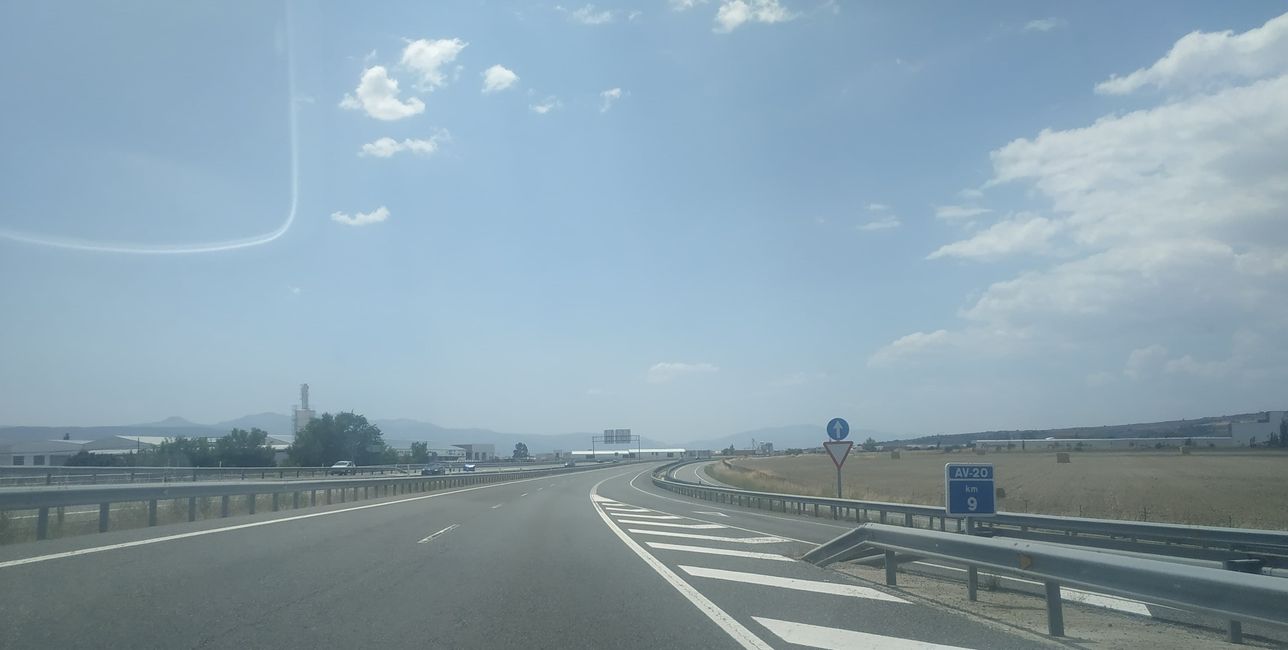

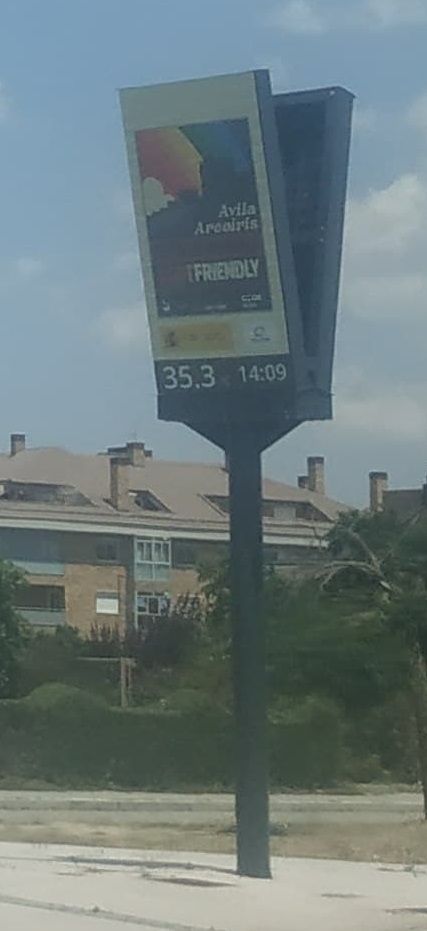
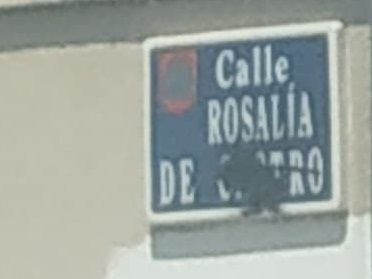
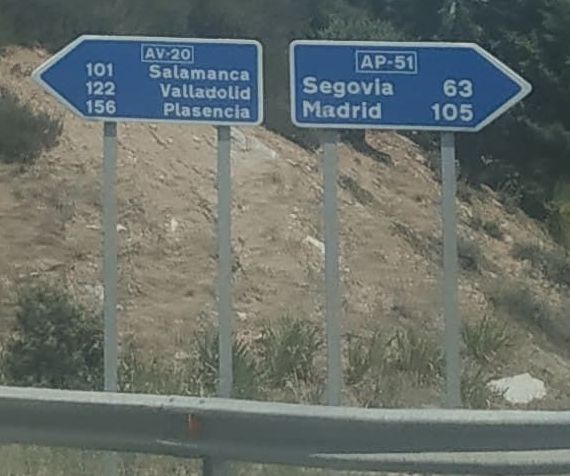
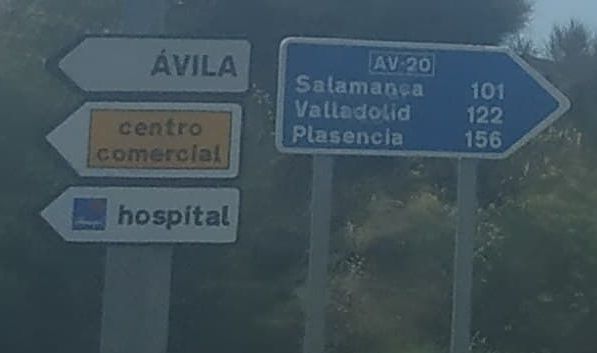
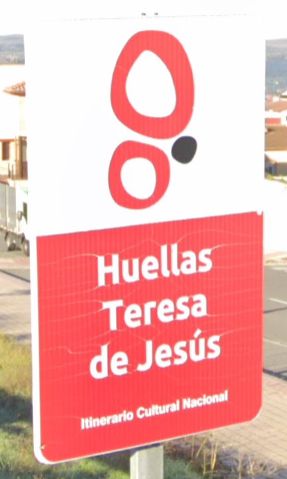
=> Photos from July 2024
=> NOTICE: The photos are out of order; they got mixed up when transferring them from my phone to my computer. I apologize for the inconvenience.
Ávila (formerly known as Ávila del Rey, Ávila de los Leales, and Ávila de los Caballeros) is a city and municipality in the province of Ávila, in Castilla y León (Spain, Europe). It is the capital of the province of Ávila (the homonymous province) and is also considered the capital of the Ávila region and the subregion of the Valle de Amblés. Additionally, it is the head of the judicial district, being judicial district No. 3 of the province of Ávila.
It has a population of 57,741 inhabitants (INE data 2023) (in 1857, it had only about 6,606 inhabitants and by 1920, it had around 13,098 inhabitants) and covers an area of 231.9 km².
Ávila is a monumental city and a true museum-city that is well worth a visit. Nevertheless, due to its great heritage value, UNESCO declared the city of Ávila a World Heritage Site in 1985.
Among its many varied monuments and points of interest, the famous Ávila Walls (constructed in the second half of the 12th century), the beautiful Ávila Cathedral dedicated to San Salvador (built in the 12th century), the House of the Butcheries, the famous Cuatro Postes (or Humilladero de los Cuatro Postes), the Basilica of Saint Teresa of Jesus (and Birthplace-Museum of Saint Teresa of Jesus), the Basilica of San Vicente, the Royal Monastery of Santo Tomás, the Monastery of the Incarnation, the House of the Deans, the Plaza del Mercado Chico (or Plaza Mayor) with the city hall building, the Palace of Superunda, the Center for Interpretation of Mysticism, the Palace of Velada, the Convent of Santa María de Jesús, the Chapel of the Virgin of Sonsoles, UCAV (Catholic University of Ávila), the Palace of the Dávila, the Guzmanes Tower, the Roman Bridge of Ávila crossing over the Adaja River, etc.
Modern and avant-garde buildings and points of interest can also be found, such as: the Lienzo Norte Exhibition and Conference Center, the National Police Academy and School, the El Bulevar Shopping and Leisure Center (with Carrefour Hypermarket), the natural park of El Soto (along the banks of the Adaja River), the Ávila Renfe Station, and the Ávila Bus Station, the NISSAN Production Plant and Center in Ávila, the large San Antonio Park, the 4-star National Parador of Ávila, the modern and avant-garde Visitor Reception Center of Ávila (Tourism Office of Ávila), the Provincial Museum of Ávila, the beautiful Fuentes Claras Reservoir, etc.
Today, Ávila has a total of 4 patrons: 1 patron (San Segundo) and 3 patronesses (the Virgin of Sonsoles, Saint Teresa of Jesus, and the Virgin of Soterraña); and their patron saint festivals for each patron are: May 2 (San Segundo), July 2 (Virgin of Sonsoles), October 15 (Saint Teresa of Jesus), and September 8 (Virgin of Soterraña); with the two most important ones being those of Saint Teresa of Jesus and San Segundo.
The municipality of Ávila (or avilés), besides the city of Ávila, also includes several other population centers (townships): Aldea del Rey Niño, Alamedilla del Berrocal, Bernuy-Salinero, Brieva, Narrillos de San Leonardo, Urraca-Miguel, and Vicolozano.
In summary, Ávila is a monumental city that has managed to preserve its multiple monuments and its famous walls almost intact for centuries. A city waiting to be visited by everyone. Come to Ávila, the city of walls and the birthplace of Saint Teresa of Jesus!
Nhlamulo
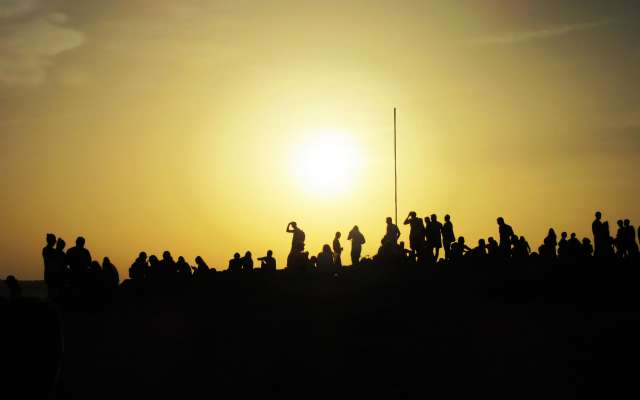
Swiviko swa maendzo Spain
